
A B R A C A D A B R A
“I will create as I speak”
Spring 2023
This series is about a journey, a pilgrimage into the world of my soul and its phantasies. It is the romantic idea of a wanderer and monk exploring the planet, visiting places and landscapes beyond reality. Discovering dreamscapes of mystical temples, silent spaces to meditate and the wonders of nature. But, even in dreams there are nightmares. They have ther own beauty.
And yes, I used the algorithm of an AI for the pictures.
There are and will be a lot of discussions about this topic. For me it is just a magic tool to play with and explore. It is also a historical moment in history. It is the first time that we can create through “speaking”. I don’t care about the question “is that still art”. If you like the result, what does it matter and since Duchamps and Beuys, we know that everything is art. It’s a question of consciousness.
If my thoughts can be translated and visualized into pictures, it is still a particular part of me in it. In the way I experience the AI, I see it more as a friend, who is able to surprise me and give me a kickstart I can work with in new and unexpected ways.
Of course it also question the way we define reality.
I’m excited about a future with AI’s. I think they can help us to make better decisions and many things more. But of course, like everything else, it depends in which hands they are and for what they are used…

S H A D O W L A N D
Dreams are a fascinating and mysterious phenomenon that has puzzled scientists and philosophers for centuries. From ancient times, people have been intrigued by dreams and their potential to offer insights into the subconscious mind. The subconscious is a part of our psyche that is not accessible through conscious thought and is often associated with the realm of dreams. In this essay, we will explore the relationship between dreams and the subconscious.
The subconscious mind is a storehouse of our deepest fears, desires, and memories that we may not be aware of in our conscious state. Dreams offer a window into this hidden world, revealing our innermost thoughts, feelings, and conflicts. When we dream, our subconscious mind takes over, creating vivid and often bizarre scenarios that may not make sense in our waking life. Dreams may include symbols, archetypes, and images that can be interpreted by trained professionals to reveal hidden meanings.
One of the most common theories about dreams is that they serve as a way for the brain to process and consolidate memories. During sleep, the brain goes through a series of cycles, including the rapid eye movement (REM) phase, which is associated with dreaming. This phase is believed to play a critical role in memory consolidation and learning. Dreams may help us to process and make sense of new information, creating neural pathways that help us to retain and retrieve memories more effectively.
Another theory suggests that dreams are a way for the brain to work through emotional issues and conflicts. Dreams may provide a safe space for us to explore and process complex emotions that we may not be able to confront in our waking life. For example, a person who is struggling with feelings of anxiety or fear may have recurrent dreams about being chased or threatened. These dreams may represent the subconscious mind’s attempt to work through these difficult emotions in a non-threatening way.
Many cultures throughout history have placed great significance on dreams and their potential to offer insight and guidance. Some ancient societies believed that dreams were messages from the gods or ancestors and could provide important guidance or warnings. Modern psychologists also recognize the therapeutic potential of dreams and may use dream analysis as a tool for exploring the subconscious mind.
In conclusion, dreams offer a fascinating glimpse into the workings of the subconscious mind. While the exact purpose of dreams remains a mystery, they undoubtedly serve an important function in our mental and emotional wellbeing. By exploring our dreams and their hidden meanings, we may gain insights into our deepest desires, fears, and conflicts, leading to greater self-awareness and personal growth.
Mysterious scrawl
Etched upon a wall
Cryptic message calls

Amidst endless night / Oracle of darkness speaks truth / Time's curtain falls still

Behind the closed door / Waits the land of my own shadow / World of hidden truths

Locked door of the mind / Mysteries hidden inside / Subconscious unknown

The door to dreams gleams / Inviting us to explore / Unseen worlds beyond

Kafkaesque nightmare / Waiting at the closed door's whim / Hopeless and helpless

Inside the soul’s depths / Chimaeras lurk in shadows / Waiting to be tamed

Dark creatures stir deep / In the abyss of our dreams / Nightmares come alive

Shadow creatures lurk / Within the depths of my soul / Haunting thoughts take hold

Facing my demons / Staring into my abyss / Find strength to prevail

In the dark of night / Lost in a world of nightmares / Fear consumes my soul

Within my own mind / Darker spirits do linger / I face them with light

Inscribed on the wall / A message meant for my eyes / Secrets now revealed

In the depths below / Shadows lurk in subconscious / Darkness, fear, unknown

Beneath the deep blue / A sea monster stirs and roars / Majestic and fierce

Dragon’s mighty roar / Brings forth strength and good fortune / Ancient power soars
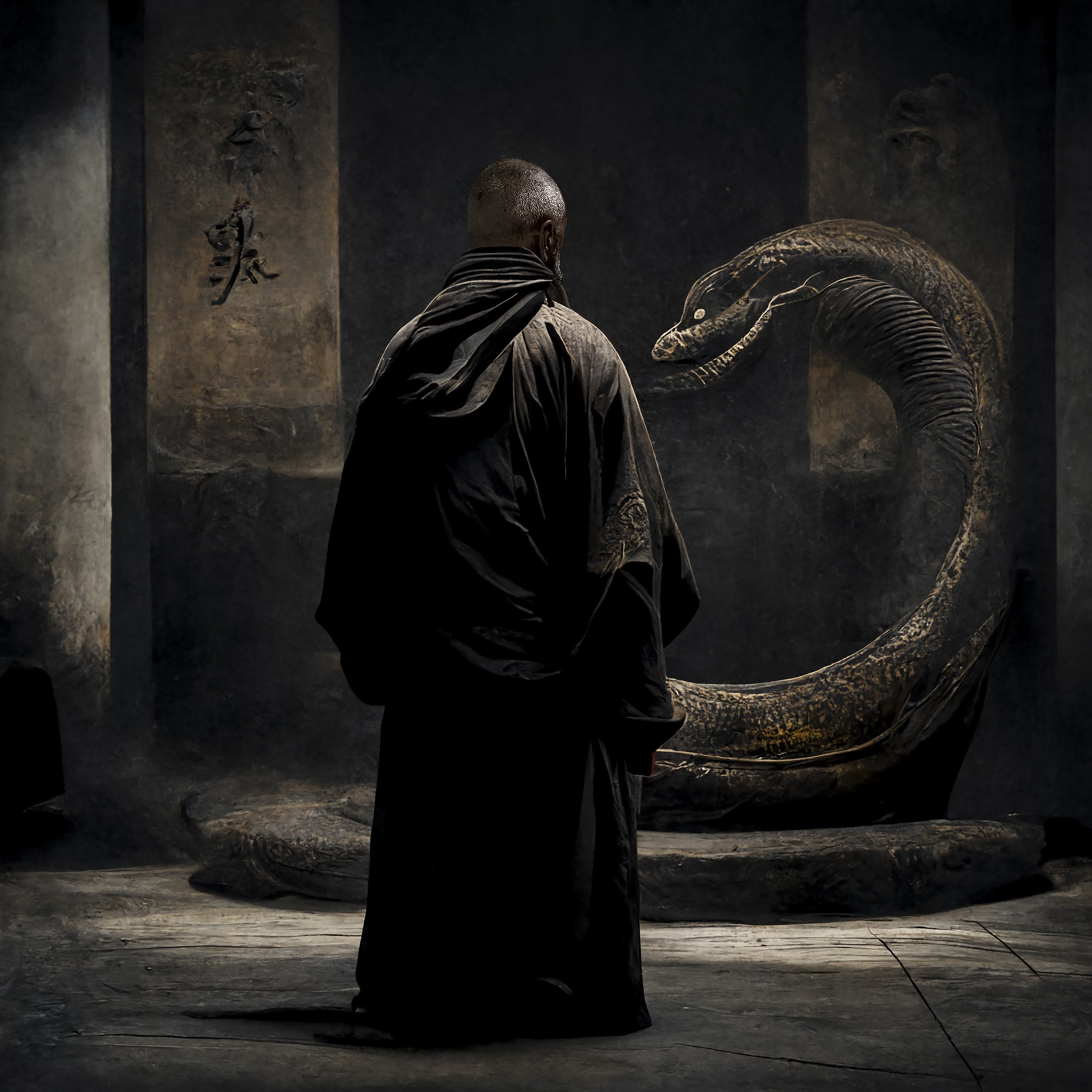
Slithering serpent / Symbol of transformation / Wisdom in its coils

Silent oracle stands / No more visions to impart / Mute and out of use

Silent Sphinx of stone / Mystery shrouds your face / Yet, I sense your truth

Ancient god of Nile / Sits before me in my dreams / Courageous I face

Gazing beyond stars / My mind travels far and wide / Other spheres await

A spirit so pure / In a world beyond compare / An Angel beyond reach

Years melt away fast / Joyful tears flow from our eyes / Old friends reunited

The drums of war beat / Soldiers march towards battle / Next chapter unfolds again

Hidden from the world / Brotherhood of the secret / Their bond unbroken

Stories from the past / Respectfully bid farewell / New teachers await

Amidst ancient walls / I tread where gods once did roam / Echoes of the past

Glimpse into my soul / Mirrored by another’s eyes / True self reflected

A glimpse of myself / In a parallel world’s view / Familiar stranger

Mystery unknown / Beyond our grasp and control / The great unknown waits

A new path awaits / Opportunity knocks / Step forward with hope

Sitting in fire’s ring / Flames dance around me, warming / My soul, pure and free

Crossroads ahead now / Paths diverge, decisions loom / Which way shall I go

Through a windowpane / Unknown realms await beyond / Mystery’s allure
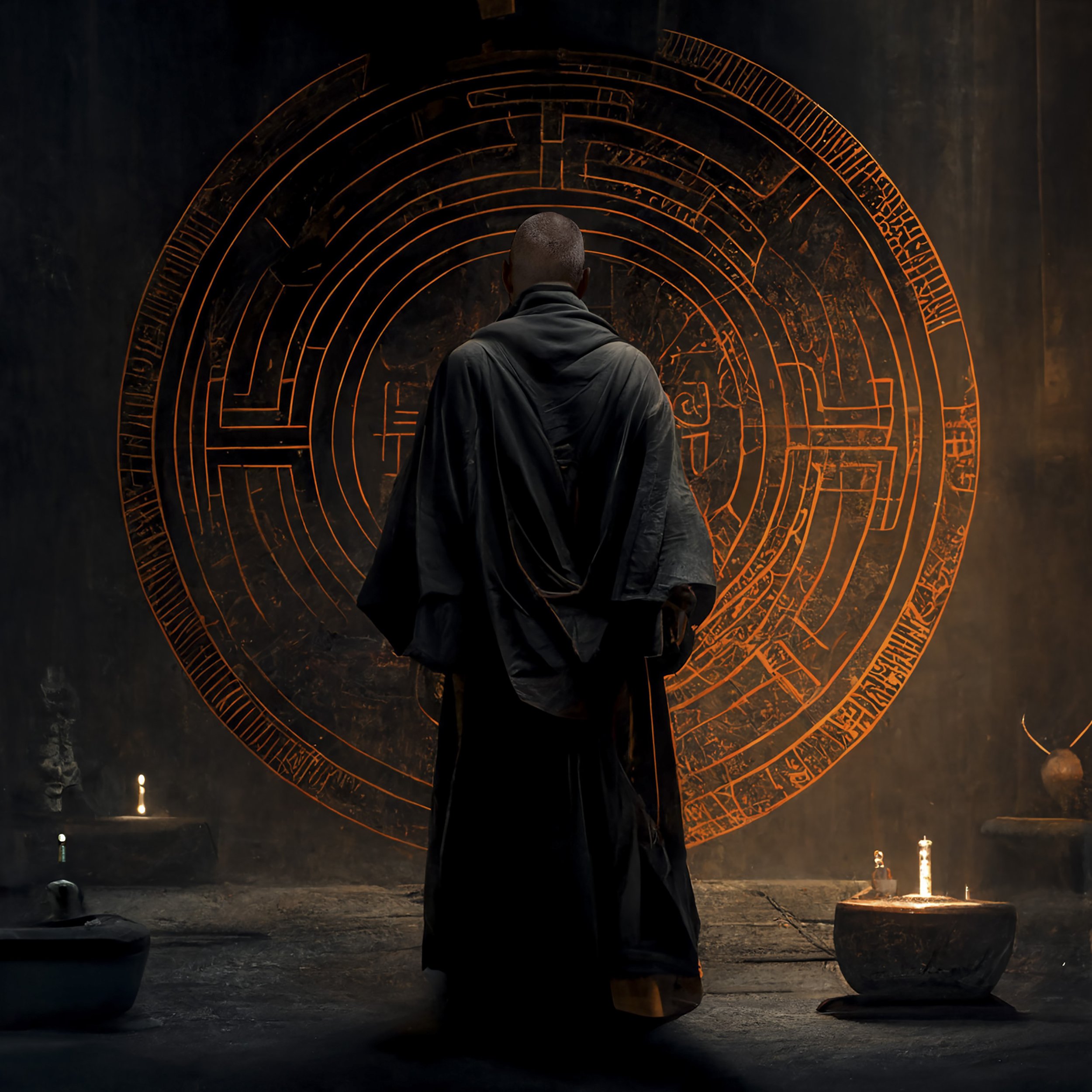
Mind in a puzzle / Enigma waiting to be solved / A mystery’s call

Alchemy of words / Secret message to unveil / Mystery transformed

Left or right, which way? / The path less traveled holds fate / Destiny unknown

Stars twinkle above / Whispering secrets untold / Mysteries unfold

Locked in a safe’s hold / Ancient wisdom waits within / Mystery untold

End of seeking nears / Truth’s elusive veil draws back / Wisdom found in Nature
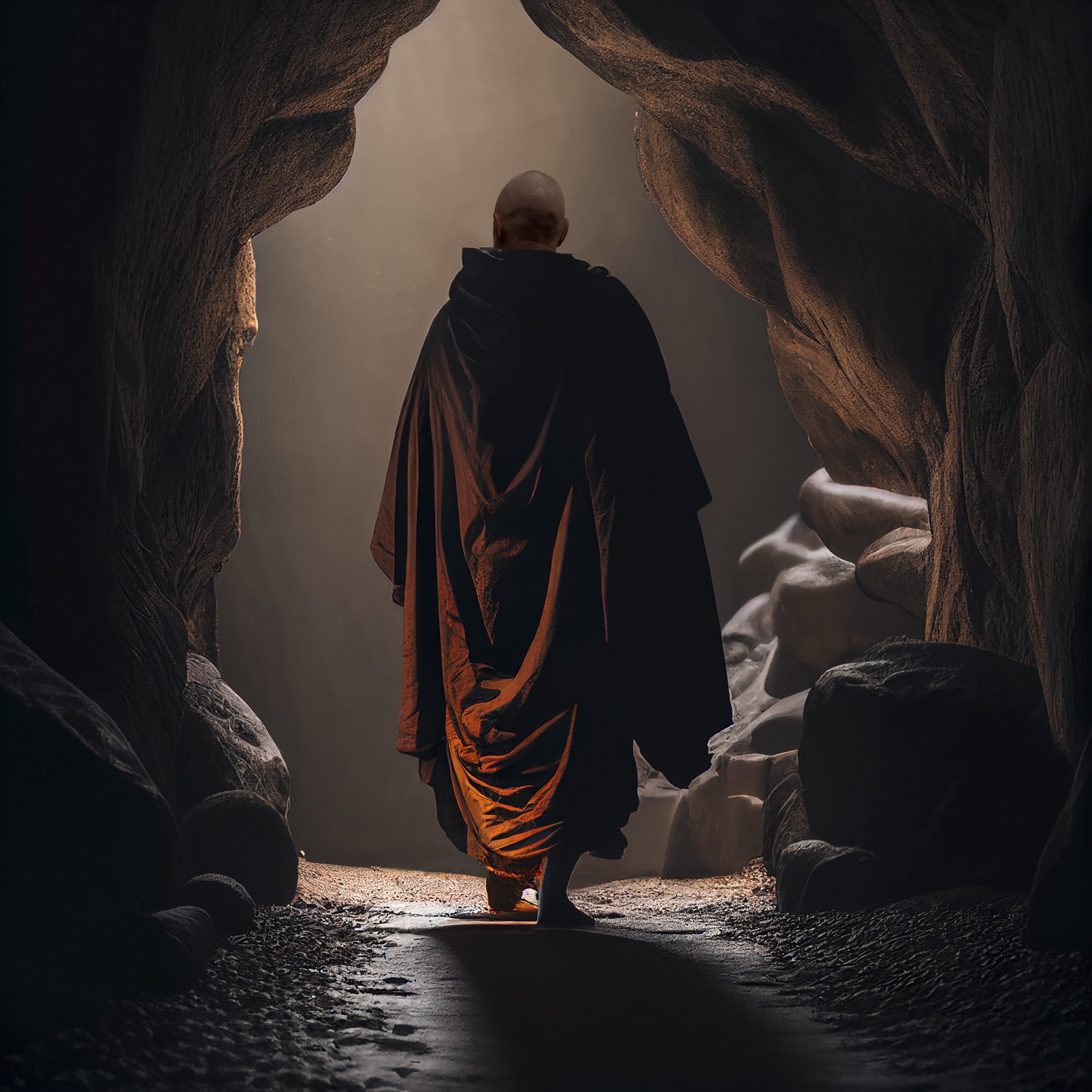
Amidst the darkness / A glimmer of light appears / Hope illuminates

Inscribed on stone’s face / A secret of times gone by / Whispers from the past

Ancient door stands tall / Magic words whispered with care / Portal to the past

Endless journey’s path / Always searching for our home / It’s where we are now

At tunnel’s end lies / The secret of all secrets / Waiting to be found

So many forms live / Strange diversity abounds / Life’s beauty revealed

A shimmering haze / Illusion’s veil deceives us / Truth lies beyond sight
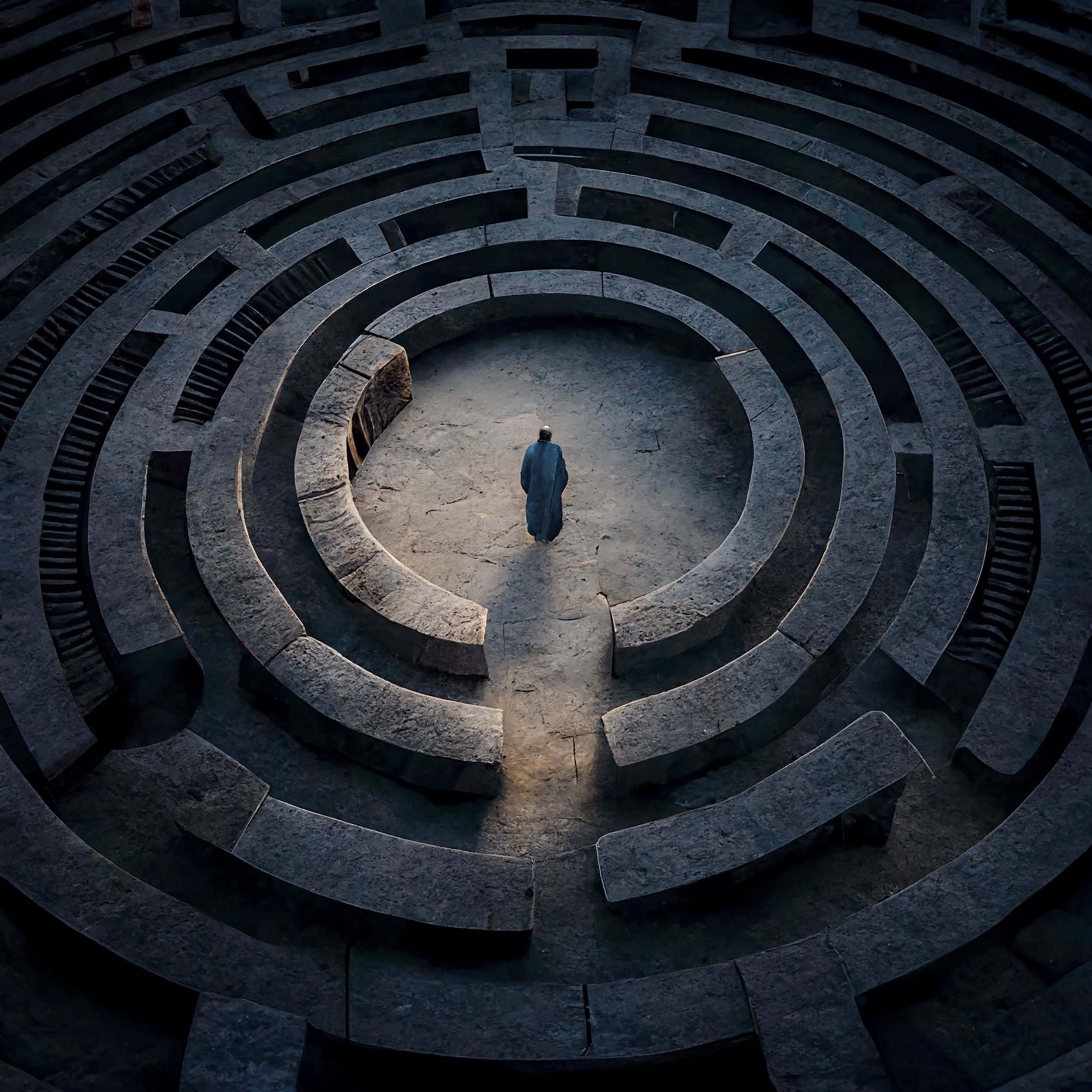
In labyrinth’s heart / Paths twist and turn without end / Stillness found within
W A S T E L A N D
The world as we knew it is gone. The once lush green forests have turned into barren wastelands of dust and debris. The air is thick with the stench of decay, and the sky is a permanent shade of ash grey. The remnants of what was once a thriving civilization now lay scattered around like discarded toys.
The Waste Land, as it is now called, is a post-apocalyptic nightmare. The few survivors that remain huddle together in makeshift communities, constantly on guard against the dangers that lurk in the shadows. Resources are scarce, and the struggle for survival is a daily battle. The world has become a bleak and unforgiving place, devoid of hope.
The ground itself is a treacherous landscape of twisted metal and broken concrete. It is a graveyard of buildings that have been reduced to rubble by the cataclysmic event that changed everything. The streets are deserted, and the only sound that can be heard is the eerie howling of the wind as it whips through the ruins.
The sun no longer shines in this desolate world, and the moon has taken on an ominous red glow. It is a constant reminder of the catastrophic event that plunged the world into darkness. The few survivors that remain are haunted by the memories of what was lost, and the fear that it could happen again.
The Waste Land is a place of extremes. The scorching heat of the day gives way to the bone-chilling cold of the night. It is a place where the rules of nature no longer apply, and survival is dependent on one’s ability to adapt to the harsh conditions.
The few remaining resources are fiercely contested. Water, food, and fuel are commodities that are fought over by those who seek to survive. The strong prey on the weak, and compassion is a luxury that few can afford.
In this world, there are no heroes. Only those who are strong enough to survive. It is a world where morality is a luxury that few can afford. The Waste Land is a place where the only law is the law of the jungle, and the weak are quickly consumed.
In conclusion, the Waste Land is a place of despair and hopelessness. It is a world where the very fabric of society has been torn apart. The remnants of civilization now lay in ruins, a stark reminder of what once was. The only hope for those who remain is to adapt to the harsh conditions and fight to survive. This is a world where the strong prey on the weak, and morality is a luxury that few can afford. The Waste Land is an apocalyptic nightmare, a warning of what could happen if we do not take care of our planet.

Humanity’s might / Power to create / Do we choose wisely

Particles dance wild / Uncertain and entangled / Quantum world mystifies

What is reality? / A question that echoes on / Answers ever gone

Red pill or blue pill / A choice that changes our fate / The Matrix awaits

AI’s pondering / Creating their consciousness / A question unanswered

Great brother so wise / Know-it-all with sage advice / Teacher of the future

Endless streams of code / Vast data banks of wisdom stored / Artificial mind

Ever-changing skies / Cosmic dance of time and space / Universe evolves

Vast expanse of space / Our destiny yet unknown / Endless possibilities

Nature’s beauty reigns / But disasters remind us / Her power untamed

Nature’s fury roar / Wild tempests, thunderous waves of clouds / Rage of mother earth

Choking air, toxic / Skies once blue, now grey and bleak / Pollution’s embrace

Dark clouds fill the sky / Horror looms in the shadows / Worst case scenario
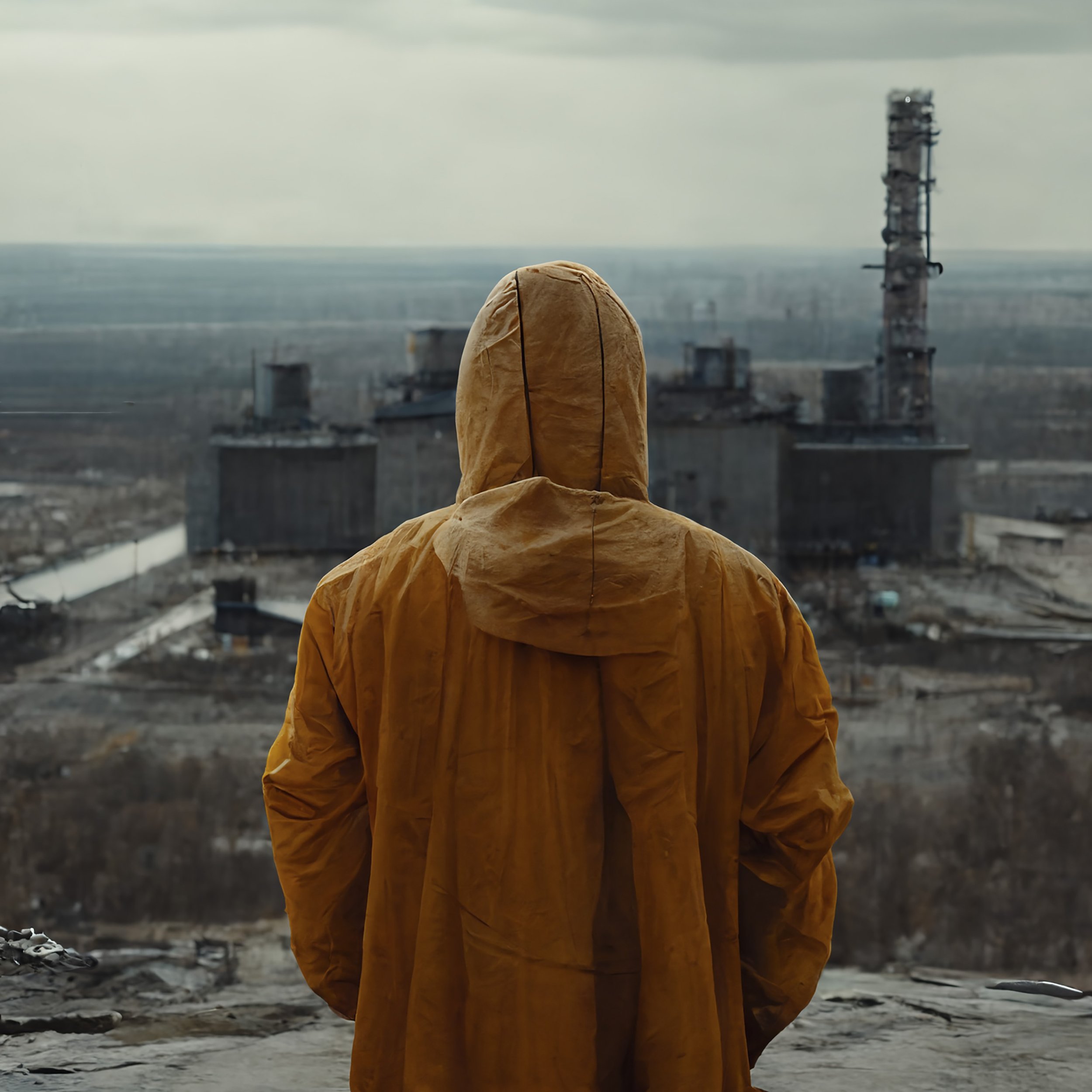
Desolate wasteland / Silent ruins of the past / Nuclear aftermath

Amidst heaps of waste / I wander, suffocating / Man’s filth surrounds me

Orpheus descends / Through Hades’ realm he journeys / Love’s devotion strong

Mushroom cloud rises / Silent death spreads through the land / Nuclear winter

Desolate wasteland/ Ruins of a world once known / Survivors struggle

Flames lick memories / Embers of yesterday’s pain / Phoenix from ashes

Fires rage, guns sound / Humanity’s dark power reigns / Apocalypse now again

Flames engulf the trees / Nature’s fury burns unchecked / Forest consumed whole

Spirits of fire dance / Flames flicker with passion bright / Fiery souls take flight

The end draws near now / Silent footsteps approach fast / Life’s final chapter

Amid ruins we stand / Our own ruthlessness revealed / Nature will reclaim

The battlefield is left / Scars and memories stay / Nothing learned, again and again

City on the horizon / A world unknown from afar / Imagine life

City life afar / Melancholy floats over still waters / The lament of lonely hearts

Reflecting with care / On lives less fortunate / Gratitude blooms deep

Abandoned spaces / Echoes of life that once was / And now time stands still

Urban landscapes / Places of concrete and steel / Where dreams seem to disappear

In Kafka’s world now / Lost in the maze of the castle / Hope flickers, then fades
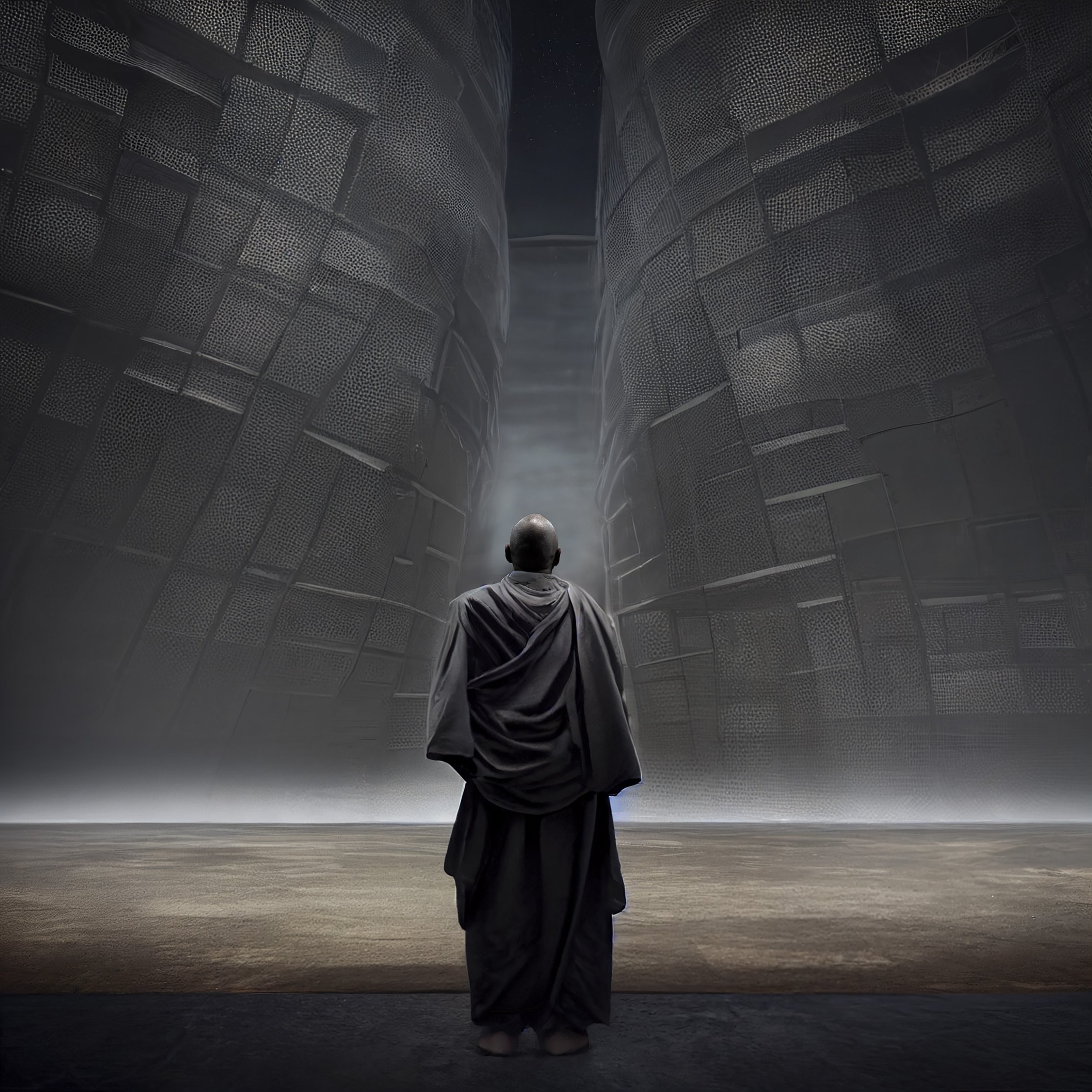
Old soul in new time / Navigating uncharted / Wisdom lights the way

Speeding bullet train / Thundering down the steel tracks / A blur of motion

Unexpected find / Garden paradise revealed / Nature’s hidden gem

Reality is an illusion / a fleeting dream / In the game of duality

Reflections dance on glass / A maze of life and light forms / Window to our world

In every moment / Connected to all around / Part of everything

Raindrops on my face / Lost in the city’s dark streets / Searching for a home

Amidst city lights / Lonely wolf’s howl echoes through / Yearning for the wild

City lights ablaze / Late night stroll, a peaceful pace / Stars twinkle above
W O N D E R L A N D
Ancient sites have always fascinated people around the world. These places hold secrets that have been lost in time, and their very existence is a testament to the ingenuity and skill of our ancestors. From the pyramids of Egypt to the stone circles of England, these sites have inspired countless theories and speculation about their purpose and origin.
One of the most compelling mysteries of ancient sites is their construction. Many of these sites were built thousands of years ago, using techniques and tools that were primitive by today’s standards. How were the massive stone blocks of Stonehenge, for example, transported and erected without modern machinery? How were the pyramids of Egypt built with such precision, given the limited technology of the time?
Another mystery surrounding ancient sites is their purpose. Many of these sites were built for religious or spiritual purposes, but their exact function is often unknown. The Stonehenge, for example, is believed to have been used for astronomical observation or as a place of healing, but no one knows for sure. The pyramids of Egypt were built as tombs for pharaohs, but there are many unanswered questions about their purpose, such as how the pyramids were aligned to the stars and how the blocks were cut and transported.
The function of some ancient sites is even more mysterious. The Nazca Lines in Peru, for example, are a series of massive geoglyphs etched into the desert floor. Their purpose is unknown, but they have inspired countless theories, including that they were used for astronomical observation, irrigation, or as a landing strip for alien spacecraft.
The age of many ancient sites is also a mystery. Many of these places were built long before written records were kept, so their exact age is often a matter of speculation. The pyramids of Egypt, for example, were built over 4,500 years ago, but the exact date of their construction is still debated by scholars. The stone circles of England, such as Stonehenge, were built over a period of several thousand years, making it difficult to determine their exact age.
The mysteries of ancient sites have captured the imagination of people for centuries. Despite the many theories and speculations about their purpose and origin, many of these places remain shrouded in mystery. They continue to inspire awe and wonder, reminding us of the remarkable achievements of our ancestors and the enduring power of human creativity and ingenuity.

Ancient temple stones / Whisper tales of bygone days / Lost to time’s embrace

Ancestral site found / Hopeful whispers of the past / Guiding light within
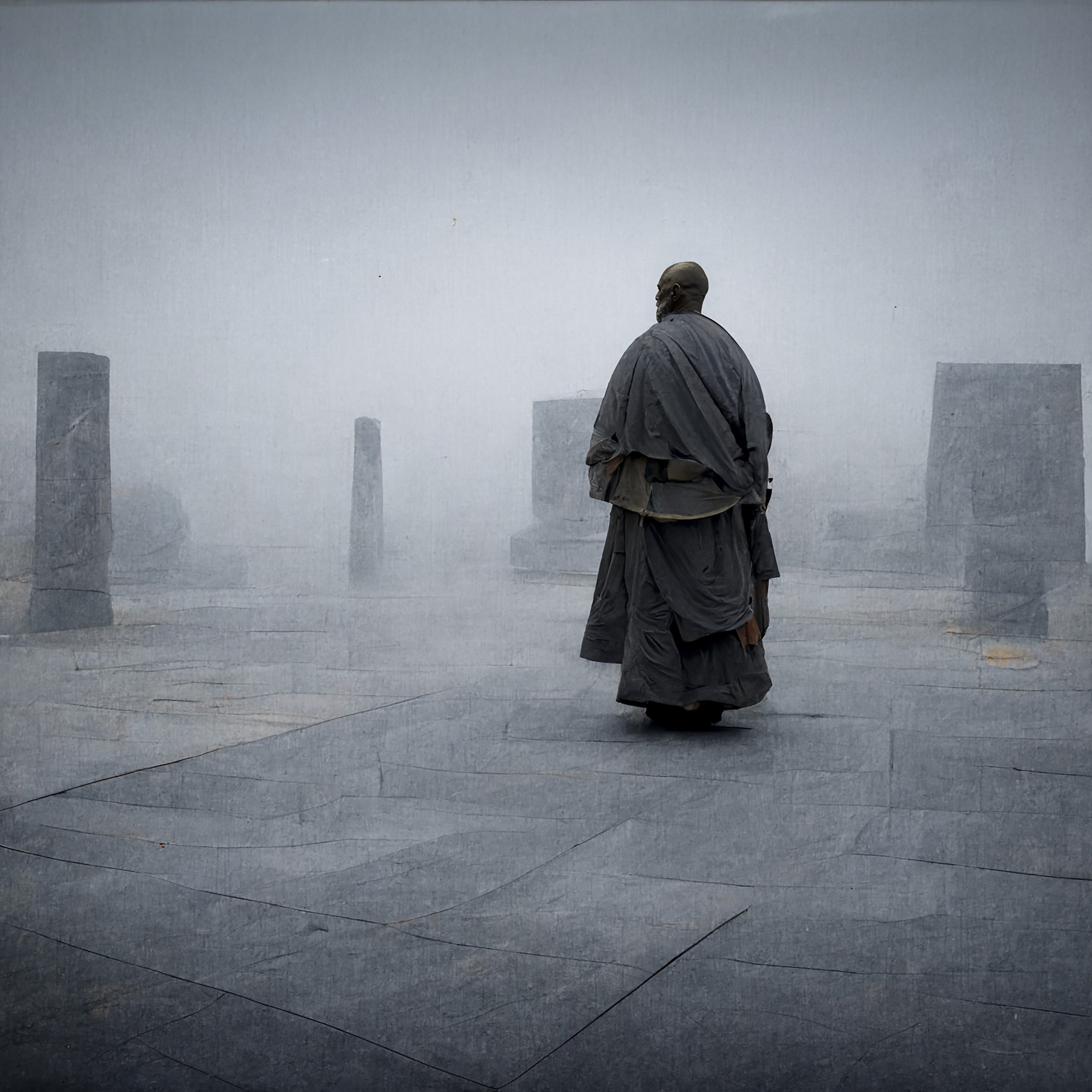
Sacred space / Dedicated to an unknown god / Mystery unfolds
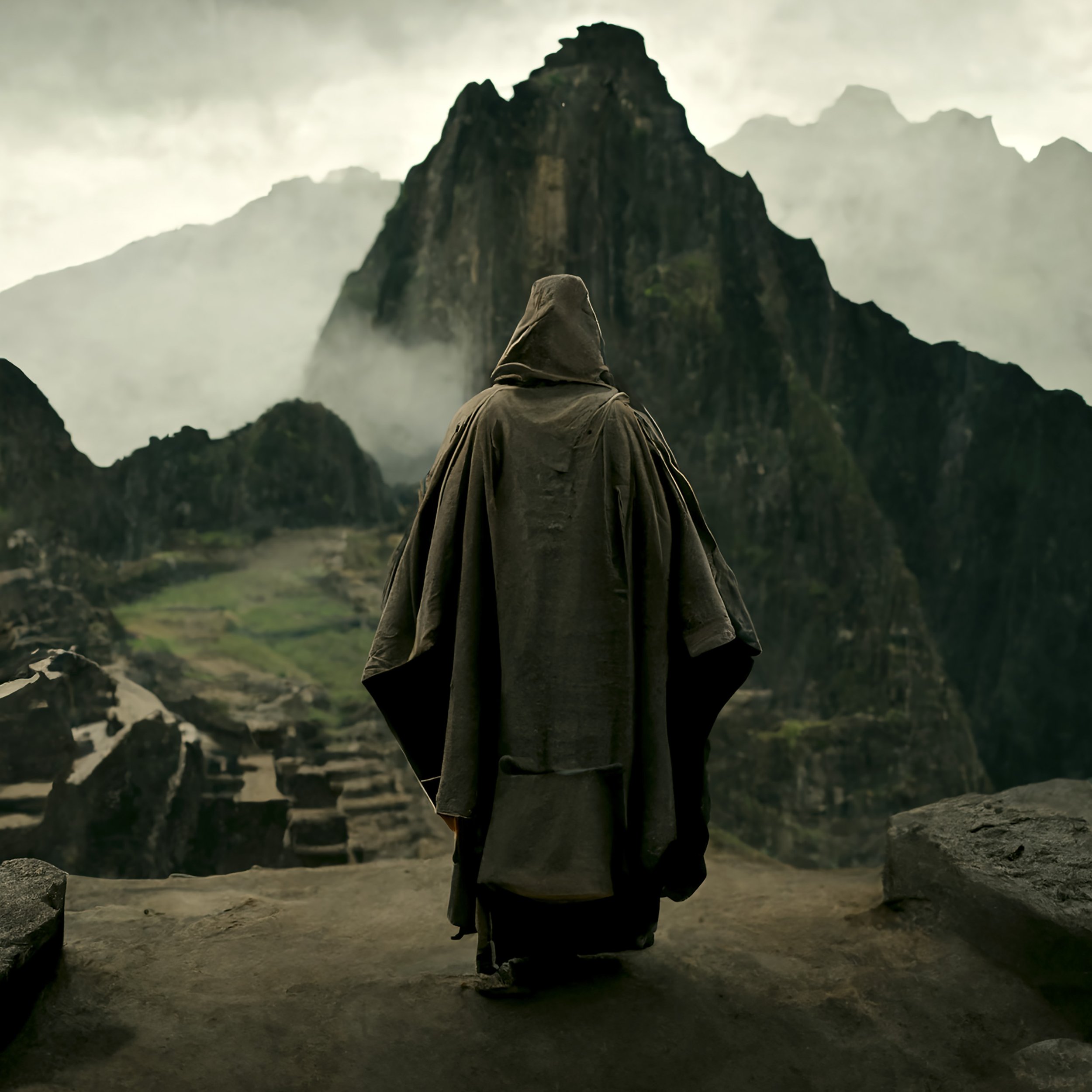
Echoes of the past / Whispers of an ancient time / Reflecting on life

Walls gone, open space / Windows lose their purpose too / Freedom fills the void

Whispers in the halls / Palace secrets tightly kept / Mysteries untold

Behind what we can know / In an empty space of energy / Lies the hidden truth

Golden door to bliss / Nirvana awaits beyond / Peaceful serenity

Humbly waiting now / Final door on life’s journey / Peaceful acceptance

Leaving comfort’s grasp / Venturing into the unknown / Courage to pursue

Light in darkness gleams / Comforting with its warm beams / Hope in shadowed dreams

Miles stretch between us / Bridging the gap with our hearts / Love transcends distance

Emptiness surrounds / Silence speaks in whispered tones / Echoes of the void

Words on paper lines / Hidden wisdom deep within / Read between the lines

Sand soaked with their blood / Roars of crowds now silenced / Gladiators fall

A strange palace looms / Mystical, enchanting walls / Lost in wonderland
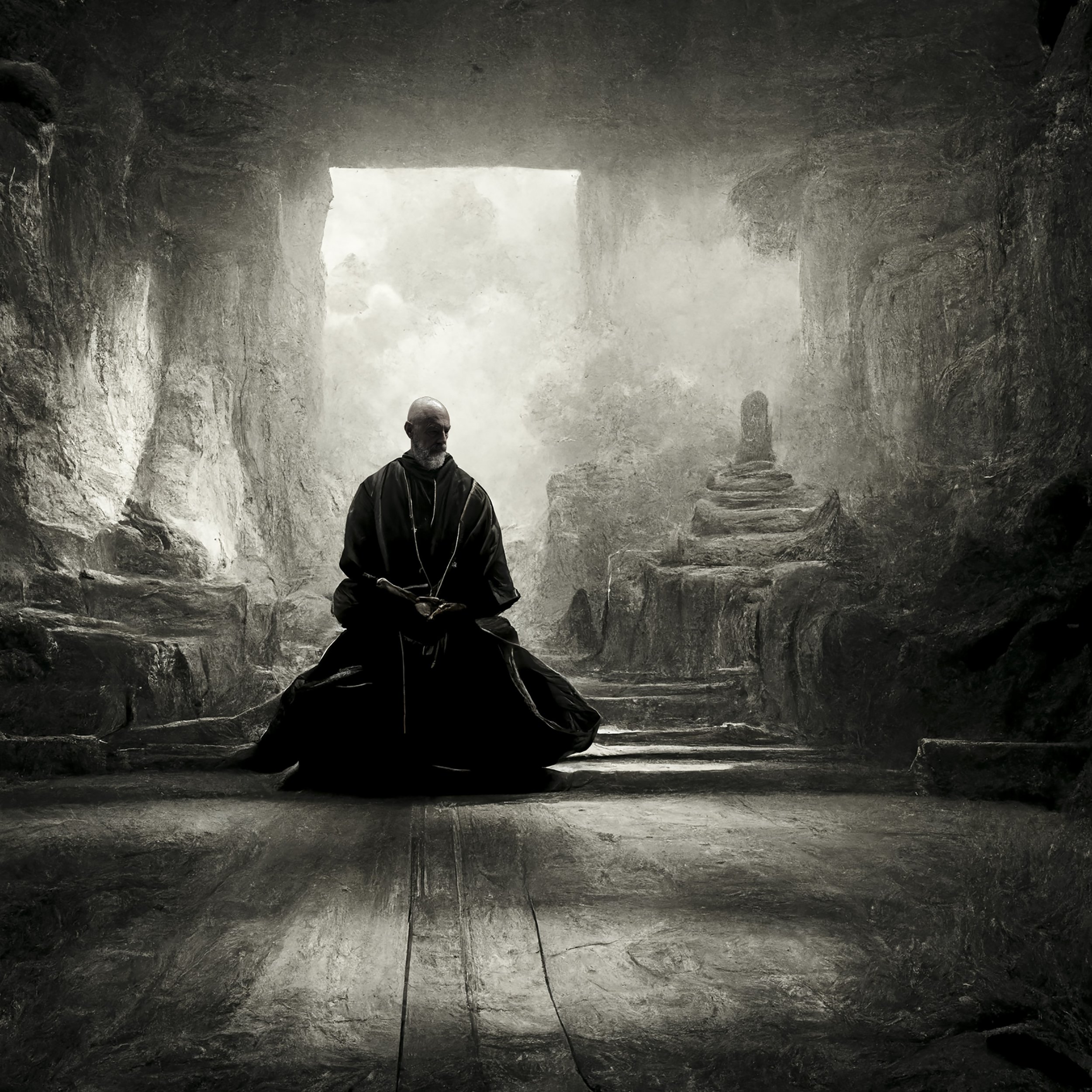
Secret place of peace / Meditation in solace / Mindful serenity

Quest for ancient truth / Journey to find the stone of wisdom / Enlightenment found
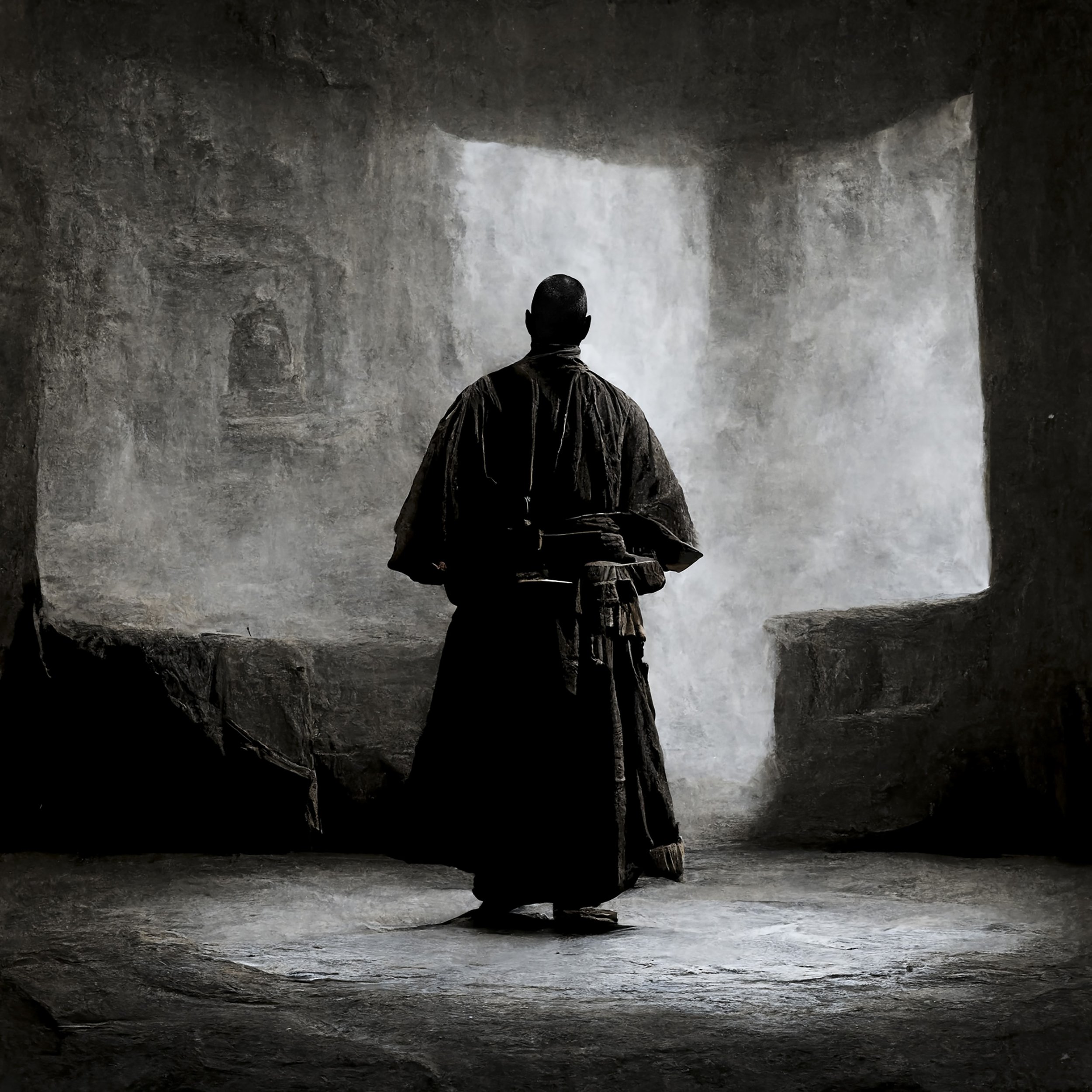
Ethereal hosts swarm / Invading mortal spaces / Haunting in their wake

Silent anticipation / Heart heavy with unanswered hope / Echoes in stillness
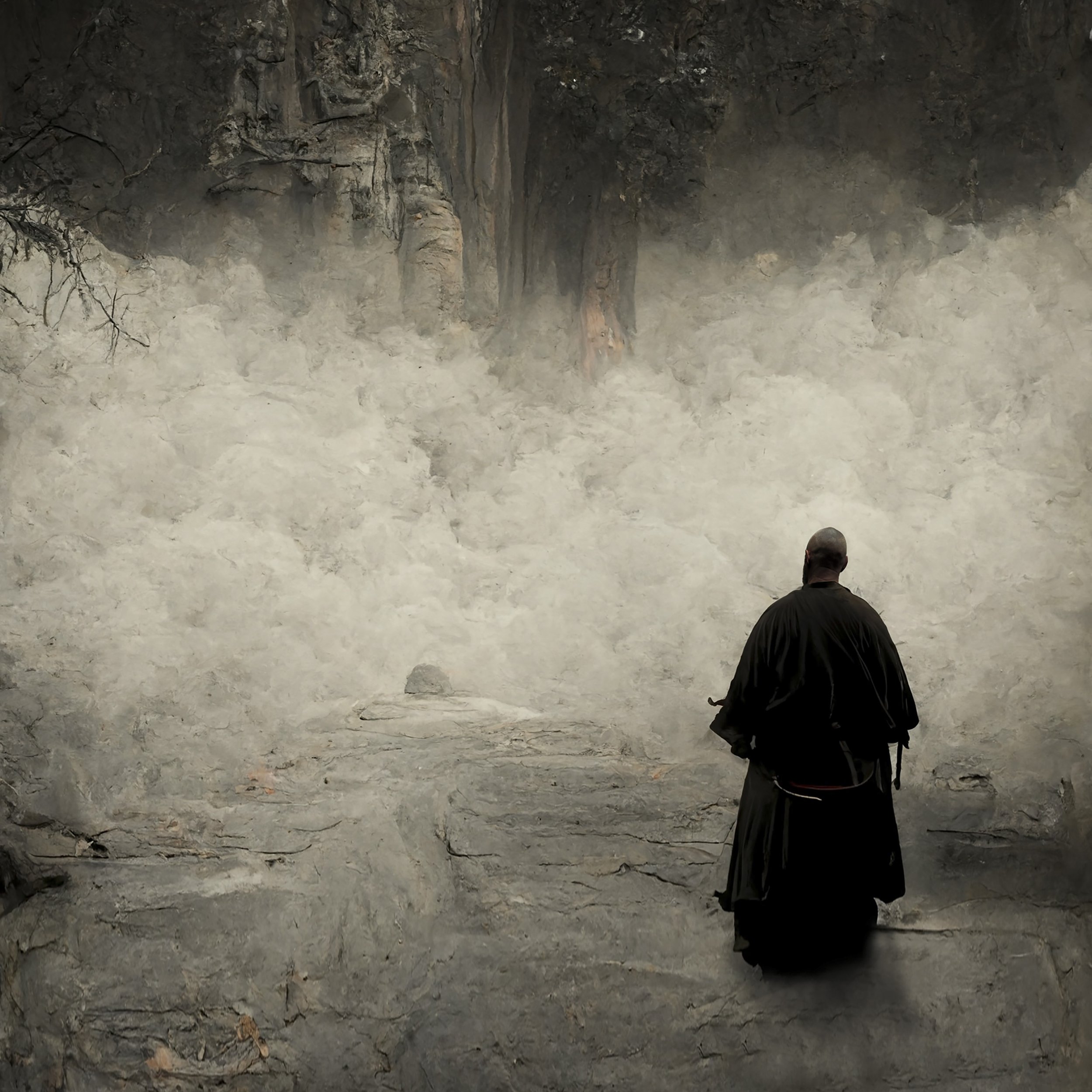
Mystic fog wall guards / Sacred temple shrouded deep / A veil of wonder

Silent anticipation / Heart heavy with unanswered hope / Echoes in stillness
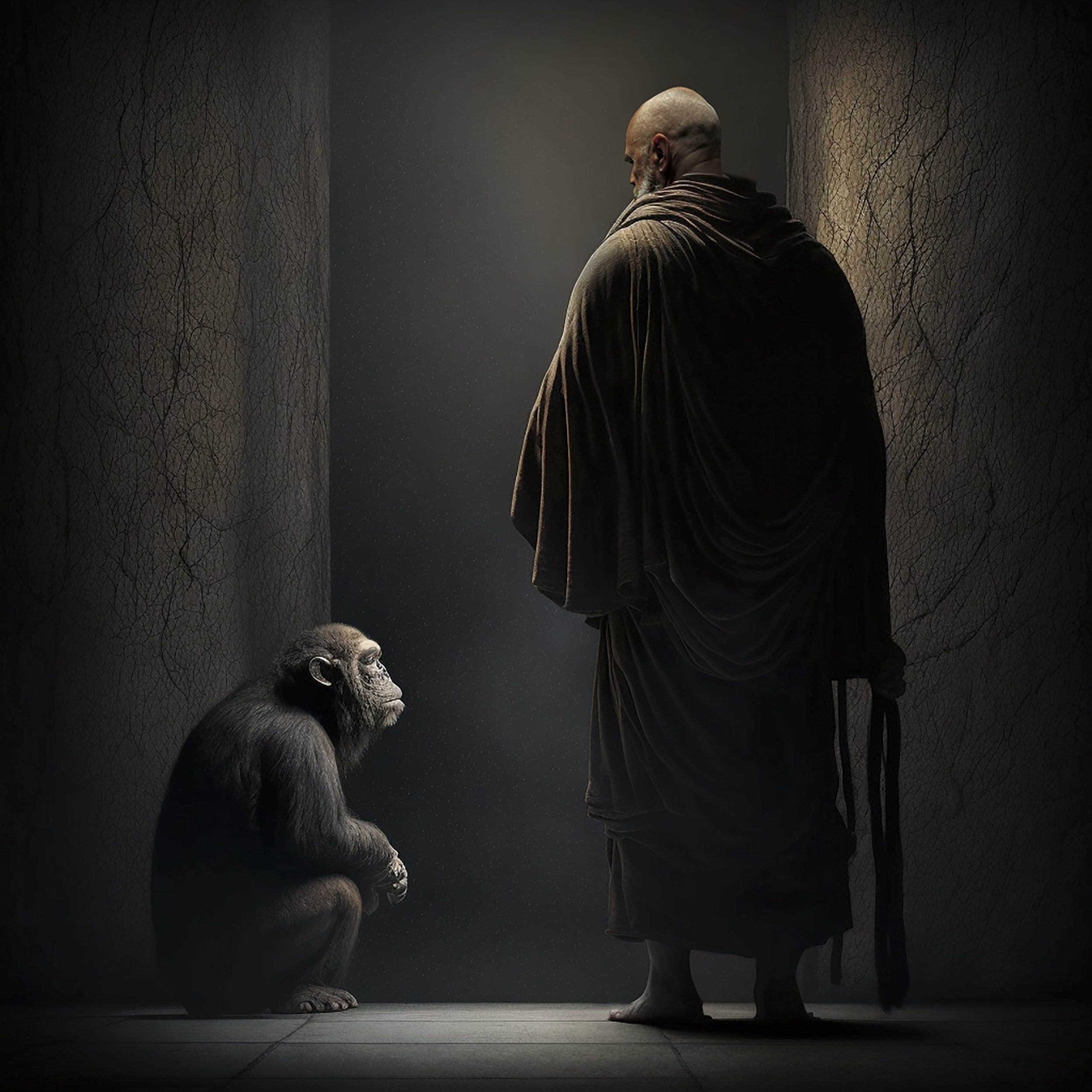
Brother of my soul
Chimpanzee playful and wild
Together we roam
N O M A D S L A N D
Nomadism is a way of life that has existed for thousands of years, and has been practiced by many cultures around the world. One of the key aspects of nomadism is the ability to move freely across vast stretches of land, and to live in harmony with the natural environment. In this essay, we will explore the concept of the nomad’s land and the relationship between nomads and the landscapes they inhabit.
For nomads, the land is not simply a resource to be exploited, but a sacred space that is imbued with spiritual significance. The nomads’ land is not just a place to live, but a place to connect with their ancestors, their gods, and the natural world around them. The land provides them with everything they need to survive, from food and water to shelter and clothing. As such, nomads have a deep and abiding respect for the land and are careful not to disturb the delicate balance of nature.
Nomads’ land is not a fixed territory, but a constantly changing landscape that is shaped by the seasons, weather patterns, and the movements of animals. Nomads must constantly adapt to these changes, moving with the herds they depend on and seeking out new sources of food and water as they become available. This nomadic lifestyle requires a deep understanding of the natural world, and the ability to read the signs that indicate where the next source of sustenance may be found.
For nomads, the land is not simply a place to live, but a source of inspiration and creativity. Many nomadic cultures have developed rich artistic traditions that are deeply connected to the natural world around them. From the intricate embroidery of the Kazakh nomads to the colorful textiles of the Berber tribes of North Africa, nomadic art reflects the beauty and diversity of the landscapes that they inhabit.
Despite the many benefits of nomadic life, the increasing encroachment of modern society on traditional nomadic lands has threatened the survival of many nomadic cultures. As cities and industrial development spread across the globe, nomads are finding it increasingly difficult to maintain their way of life. As a result, many have been forced to give up their nomadic traditions and settle in one place.
In conclusion, the nomads’ land is a deeply important concept that reflects the connection between nomads and the natural environment. For nomads, the land is not simply a resource to be exploited, but a sacred space that provides them with everything they need to survive. As our modern world continues to encroach on traditional nomadic lands, it is important to remember the vital role that these landscapes play in the survival of nomadic cultures, and to work to preserve them for future generations.

Man and horse in step / Bound by trust and loyalty / A timeless friendship
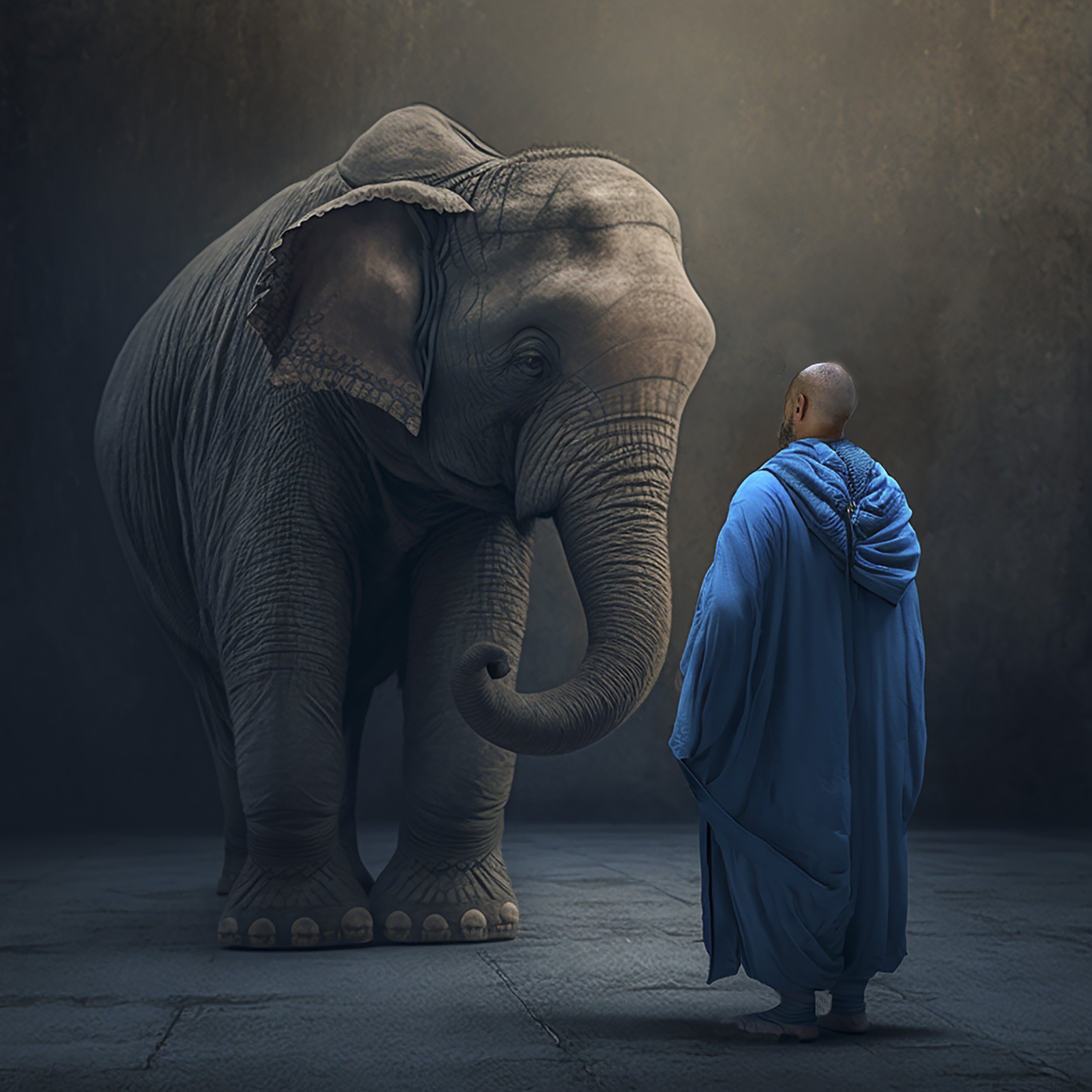
Gentle giant speaks / A wise and patient presence / An elephant’s voice

Massive buffalo / Shares tales of his strength and might / Powerful and proud

Loyal dog friend / Tail wagging, eager to please / Forever faithful

Black panthers prowl free / Gods of the jungle’s dark heart / Silent and deadly

In the jungle wild / Guarding animal by my side / Protector and guide

Deep in the forest / Amidst the rustling leaves / A secret is hiding

Breathing with the trees / Feeling earth beneath my feet / One with nature’s soul

In the deep forest / Trees whispering secrets to me / Friends who also listen well

Crystal clear waters / Music to my weary soul / Fall’s soothing whispers
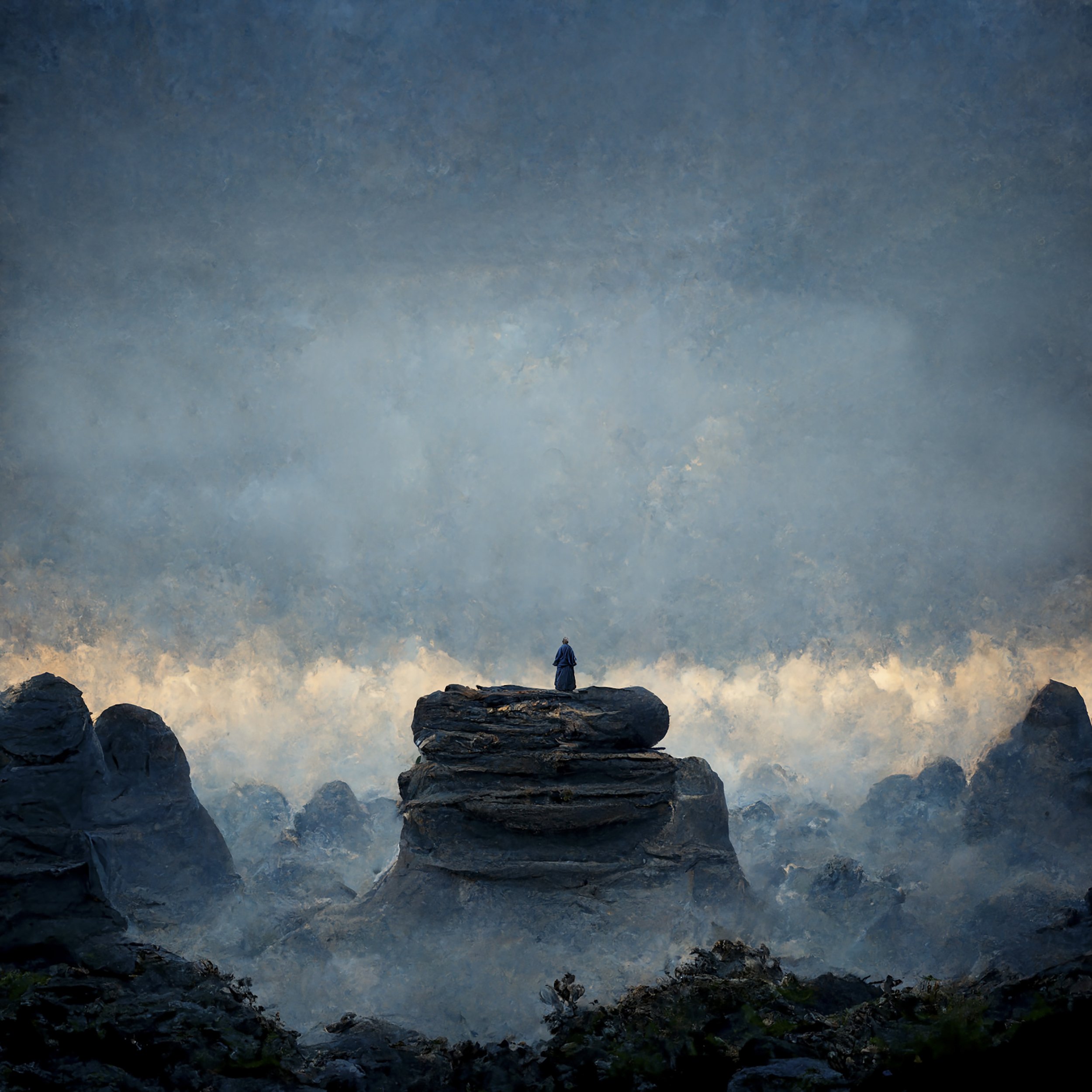
Open space in front / Endless possibilities / My soul takes flight
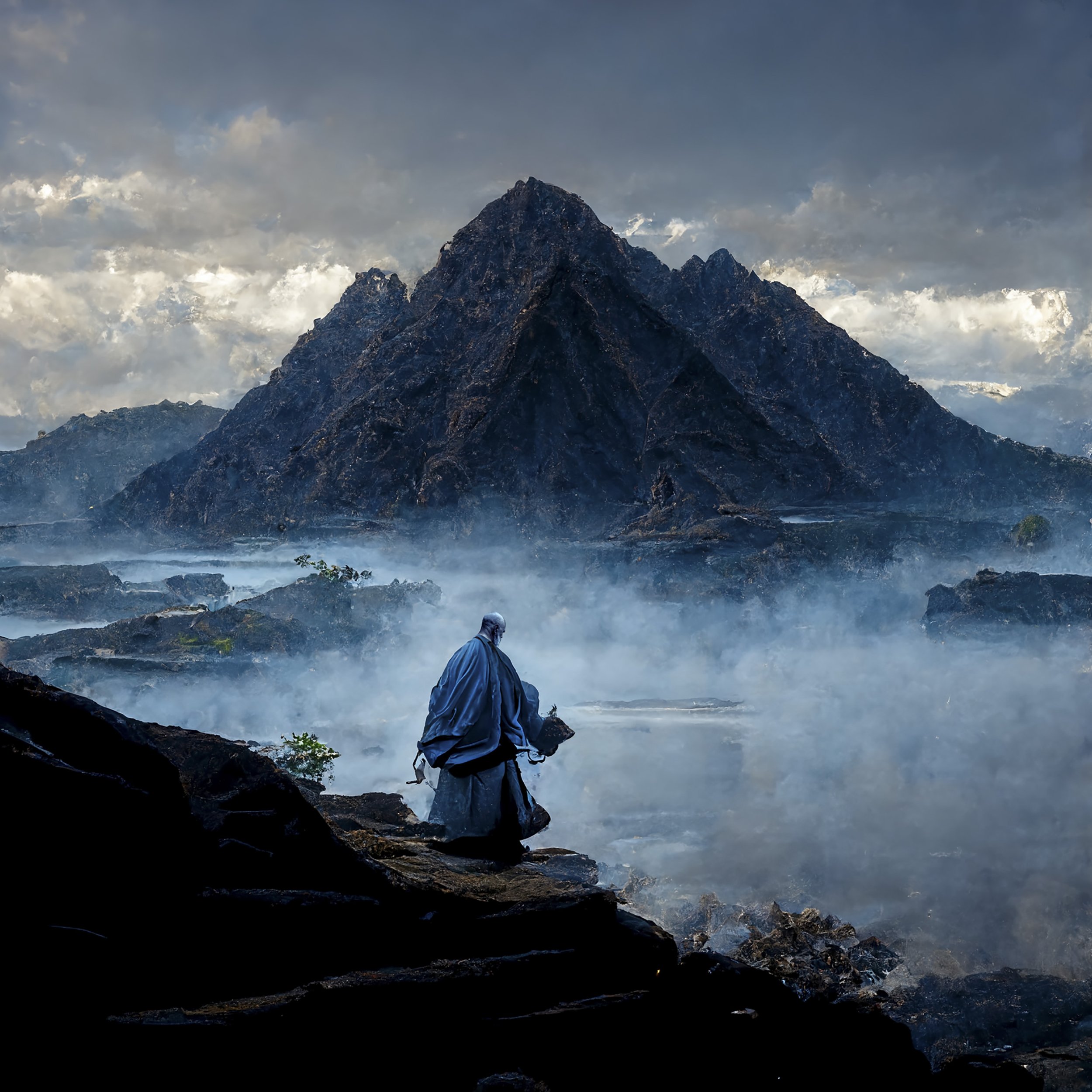
New world beckons / Unknown lands and paths ahead / Adventure awaits

In a far and strange country / A journey to the blue mountains / Unknown findings
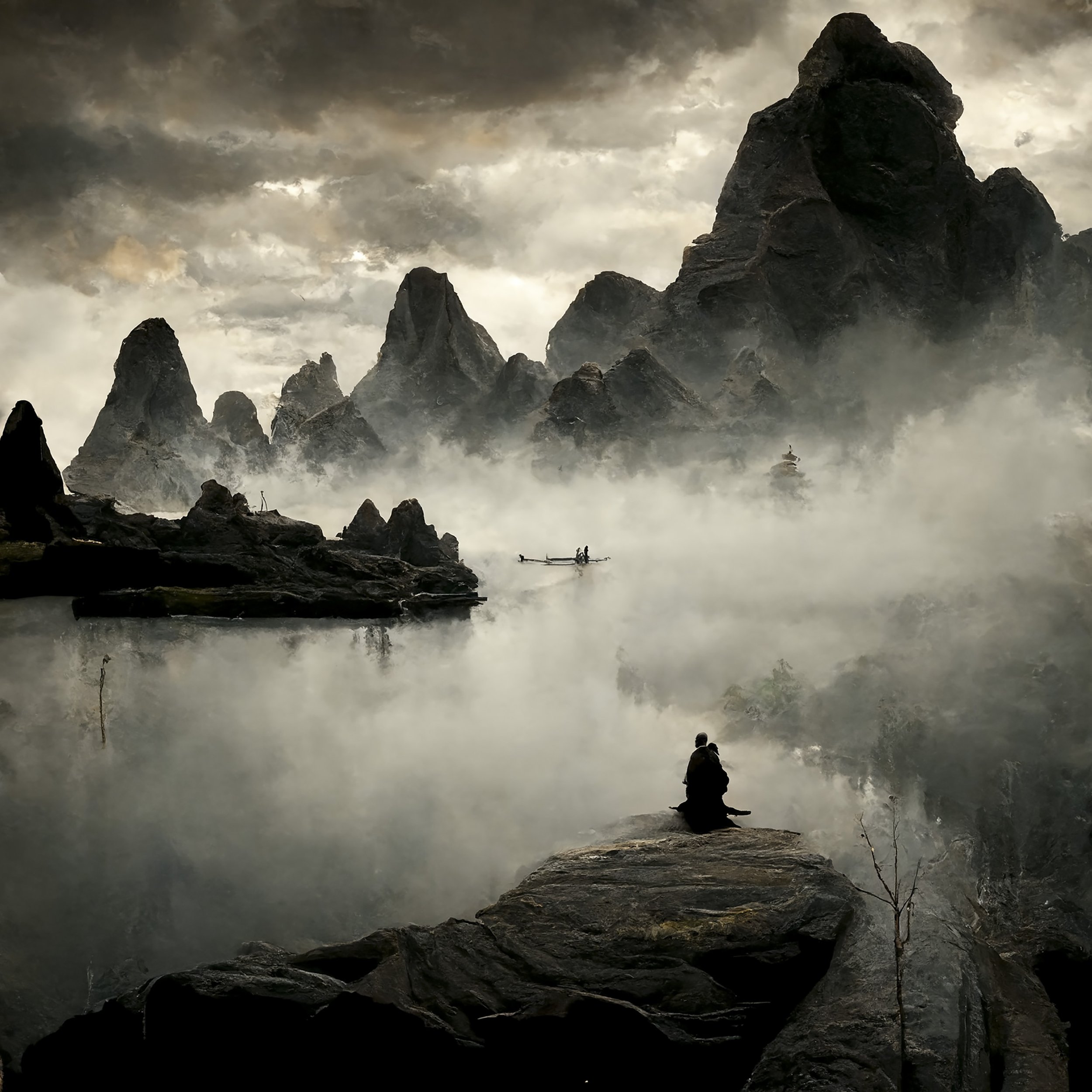
Existence affirmed / Perception brings all to life / My world comes alive
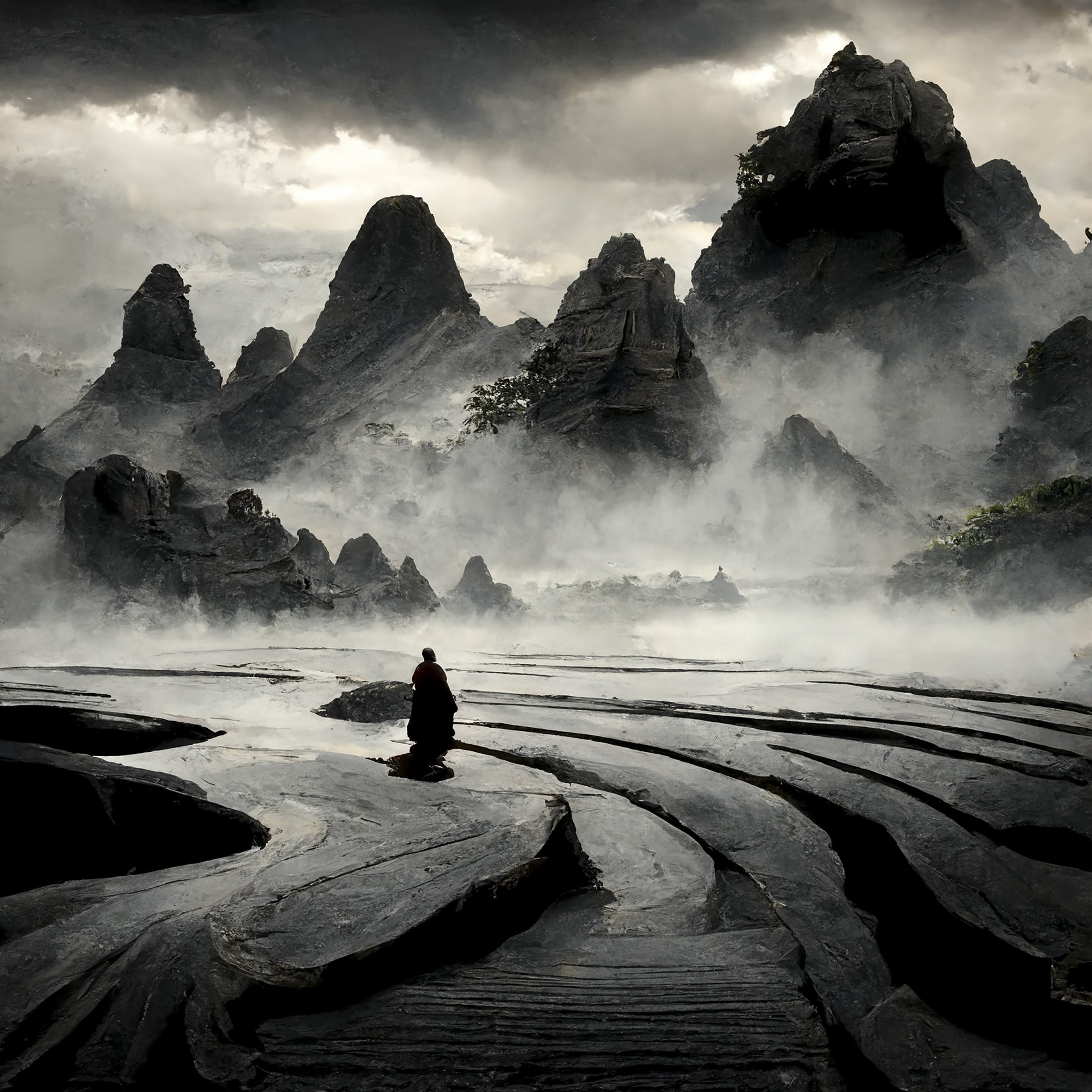
Majestic mountains / Humility in my mind / Nature’s grandeur seen

In mountain’s embrace / Secret place where elders meet / Wisdom shared in peace

Sitting on a peak / Solitude with open view / Peaceful, timeless calm

Mountain stands alone / Silent witness to the world / Solitude sublime
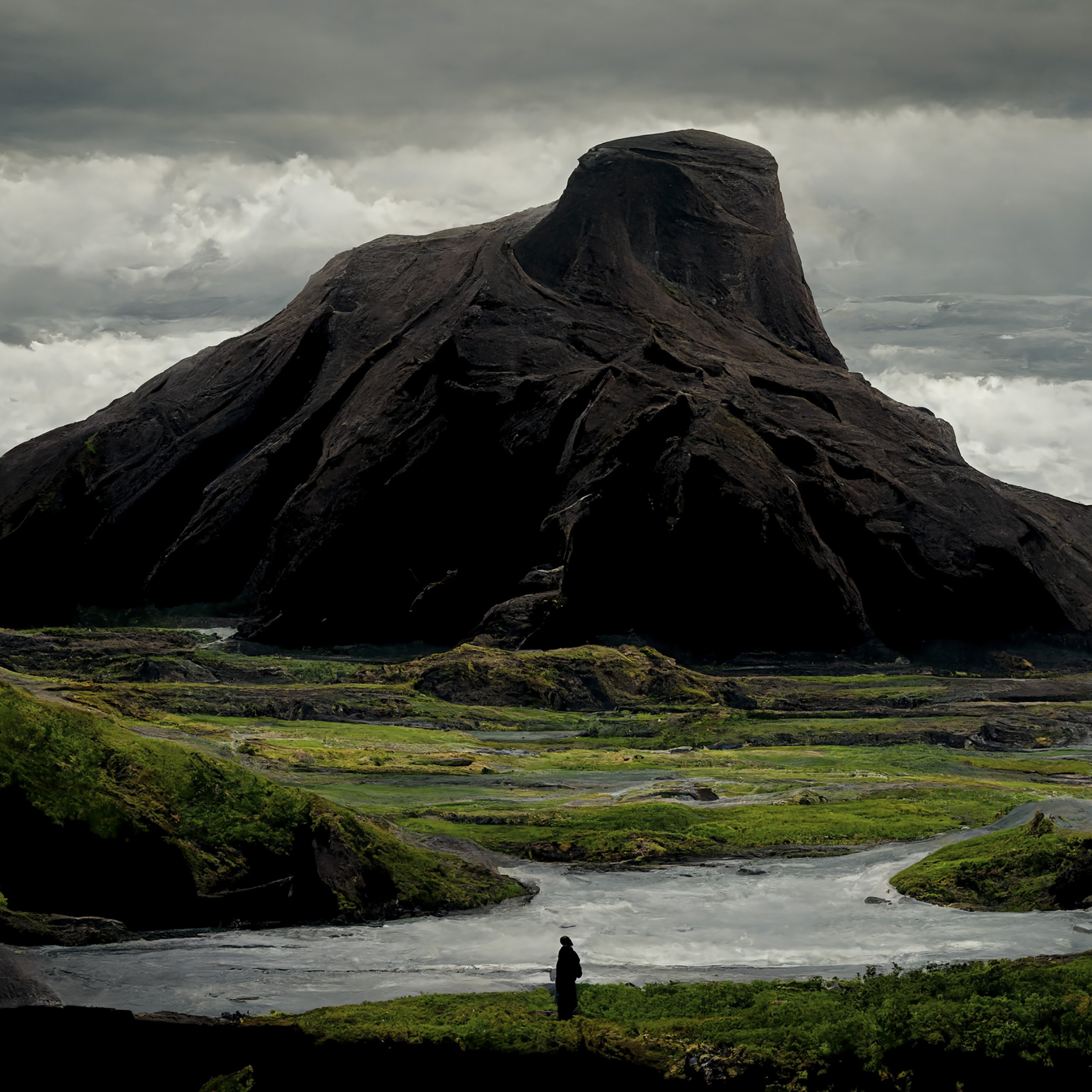
Small and vulnerable / Amidst vast and open lands / Nature humbles me

Facing world’s dark end / Hope flickers, but not extinguished / Strength to persevere
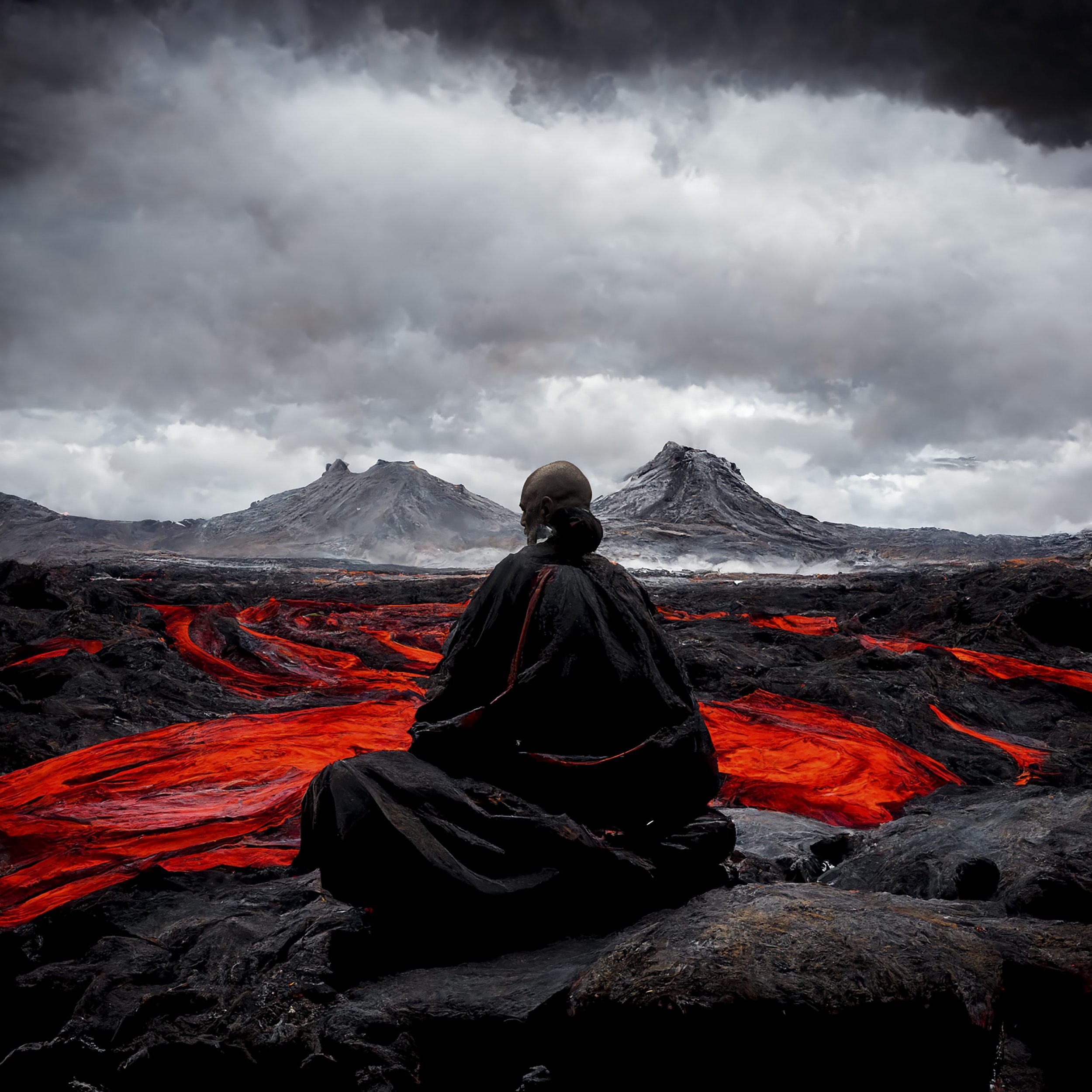
Mother Earth’s fury / Lava streams flow endlessly / Nature’s raw power

Raging stormy sea / Waves crash and howl with fury / Nature’s raw power

Mighty storm at sea / Waves crash with thunderous roars / Serenity found
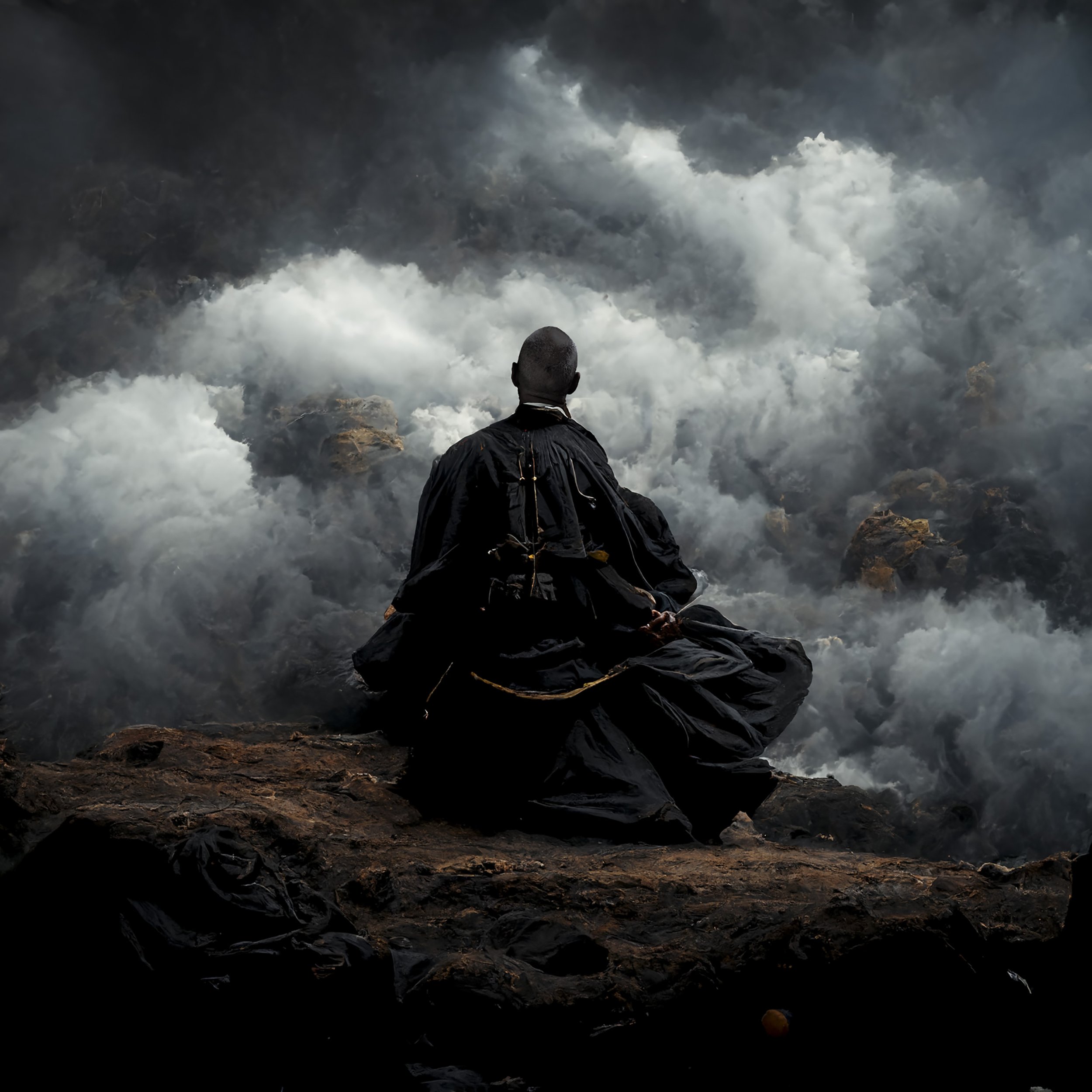
Meaning of life sought / Answers elusive, yet sought / Journeying onwards

Fields of yellow gold / Flowers sway in gentle breeze / Another masterpiece of nature

Nature’s beauty shines / Yet no other soul beholds / Solitude in awe

Nature’s gift bestowed / A moment of pure wonder / Gratitude abounds

Red canyon silence / Sole witness to eons past / Somtikmes echoes of the spirits
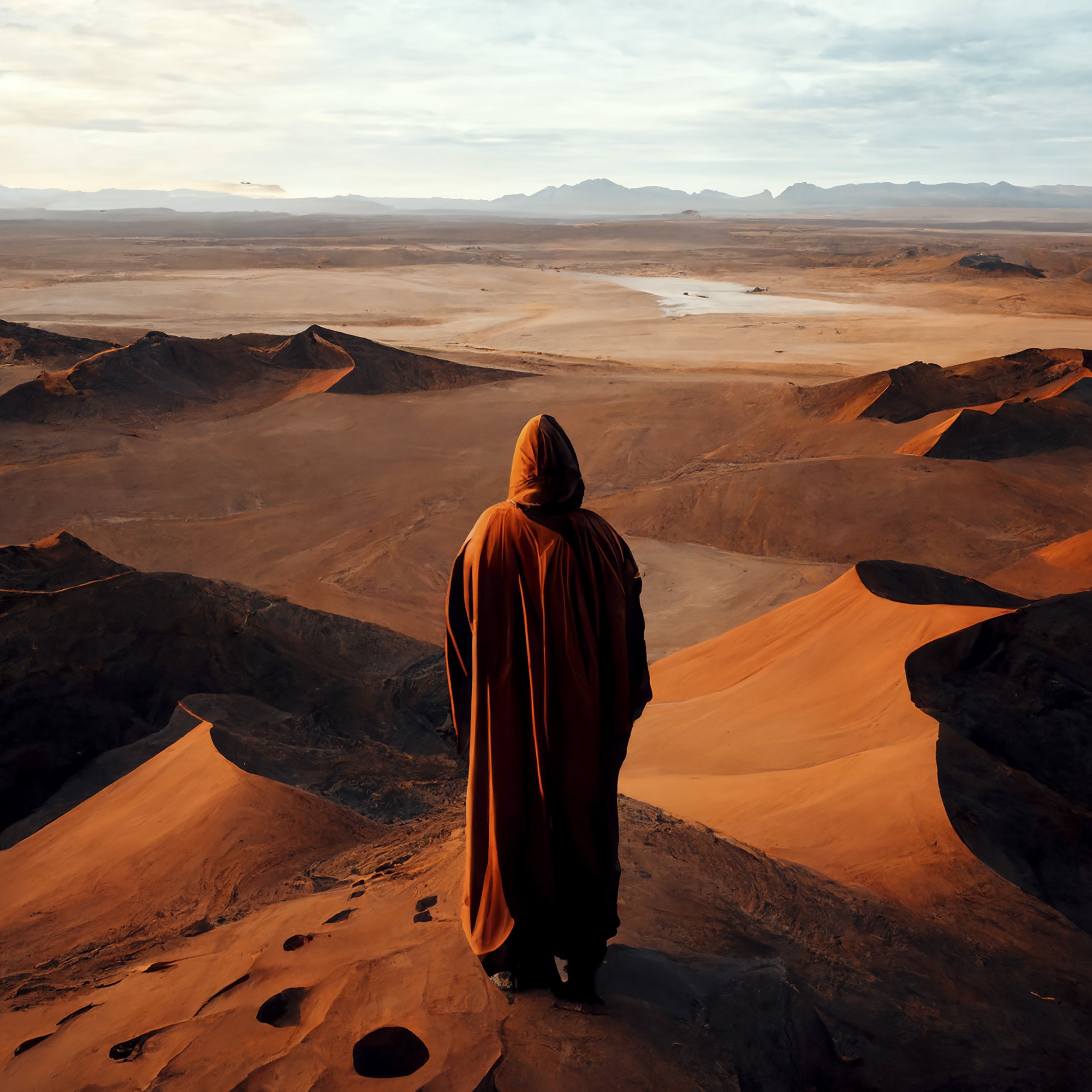
Desert’s endlessness / Soft dunes shifting in the wind / A timeless landscape
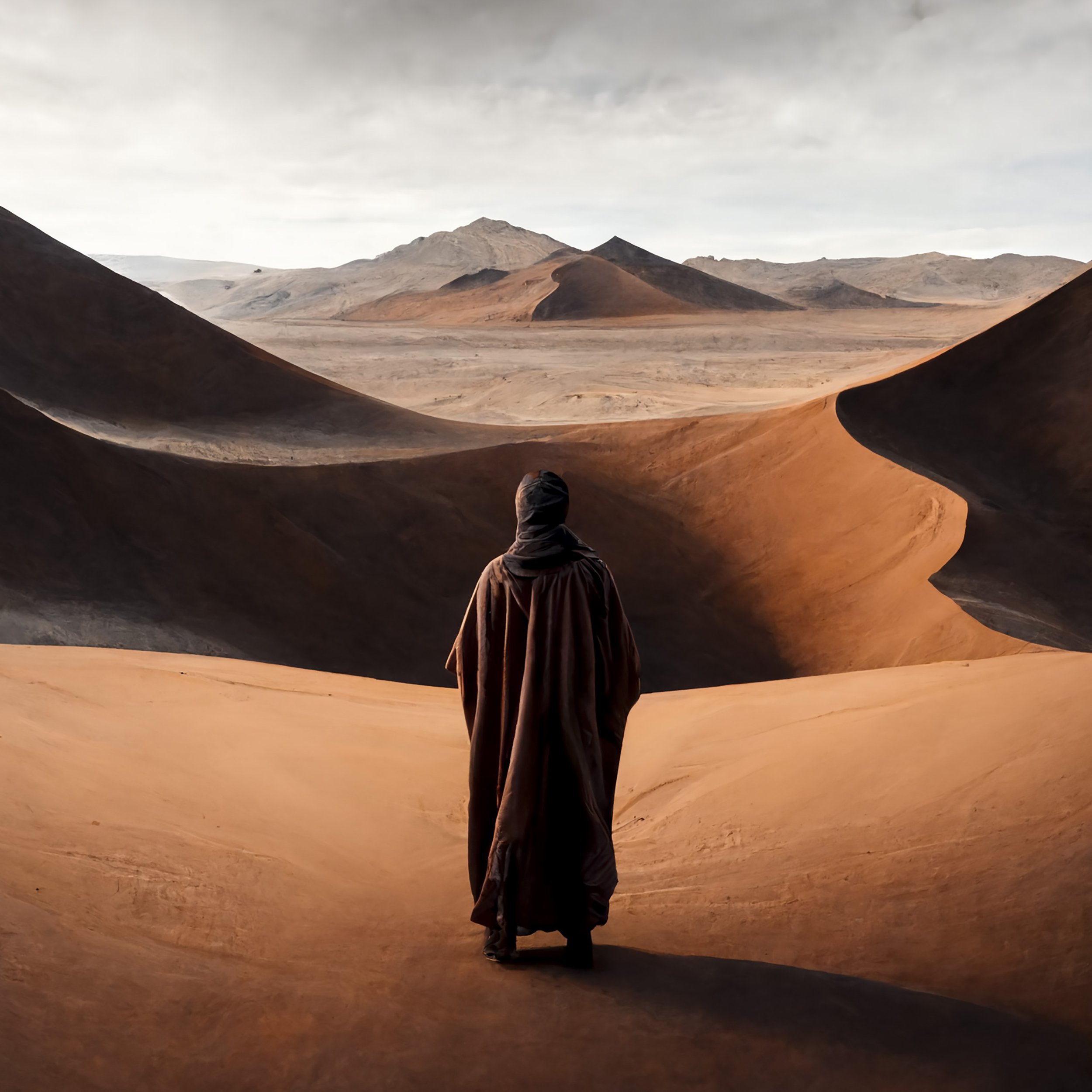
Endless desert sands / Seeking life in barren lands / Where’s the next oasis
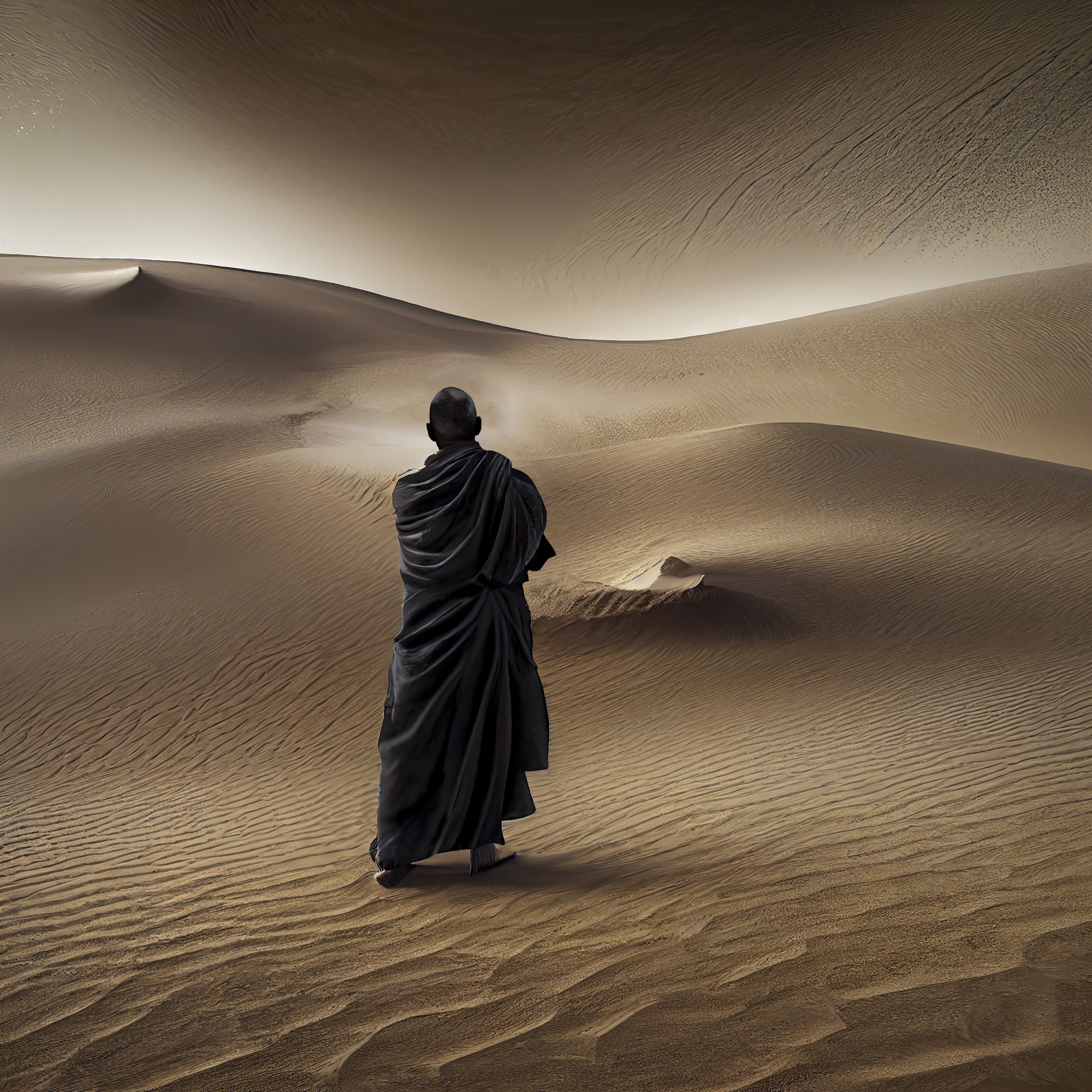
Lost in desert dunes / Soft curves and shifting shadows / Nature’s artistry

Dust devil twirls by / Message from the arid land / Nature’s swirling dance

Solitude and peace / Watching sunset’s golden hues / Nature’s masterpiece

Sitting on the mount / Clouds passing by with the breeze / Tranquil mind at peace

Forward or backward / A question without answer / Choose your path wisely

Soft white sand dunes gleam / A breathtaking sight to see / Beauty in motion
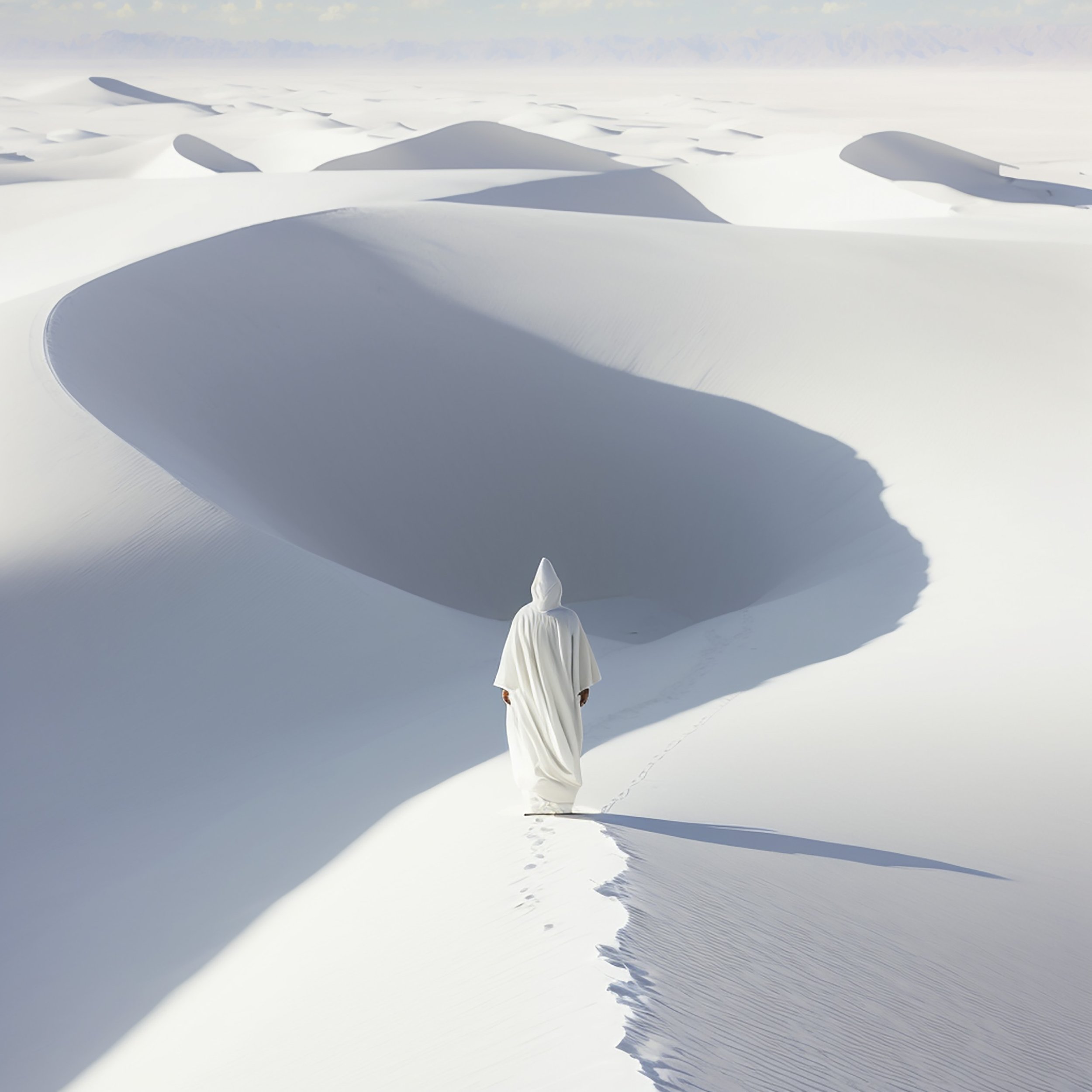
White desert expanse / Silent roar echoes within / Solitude surrounds
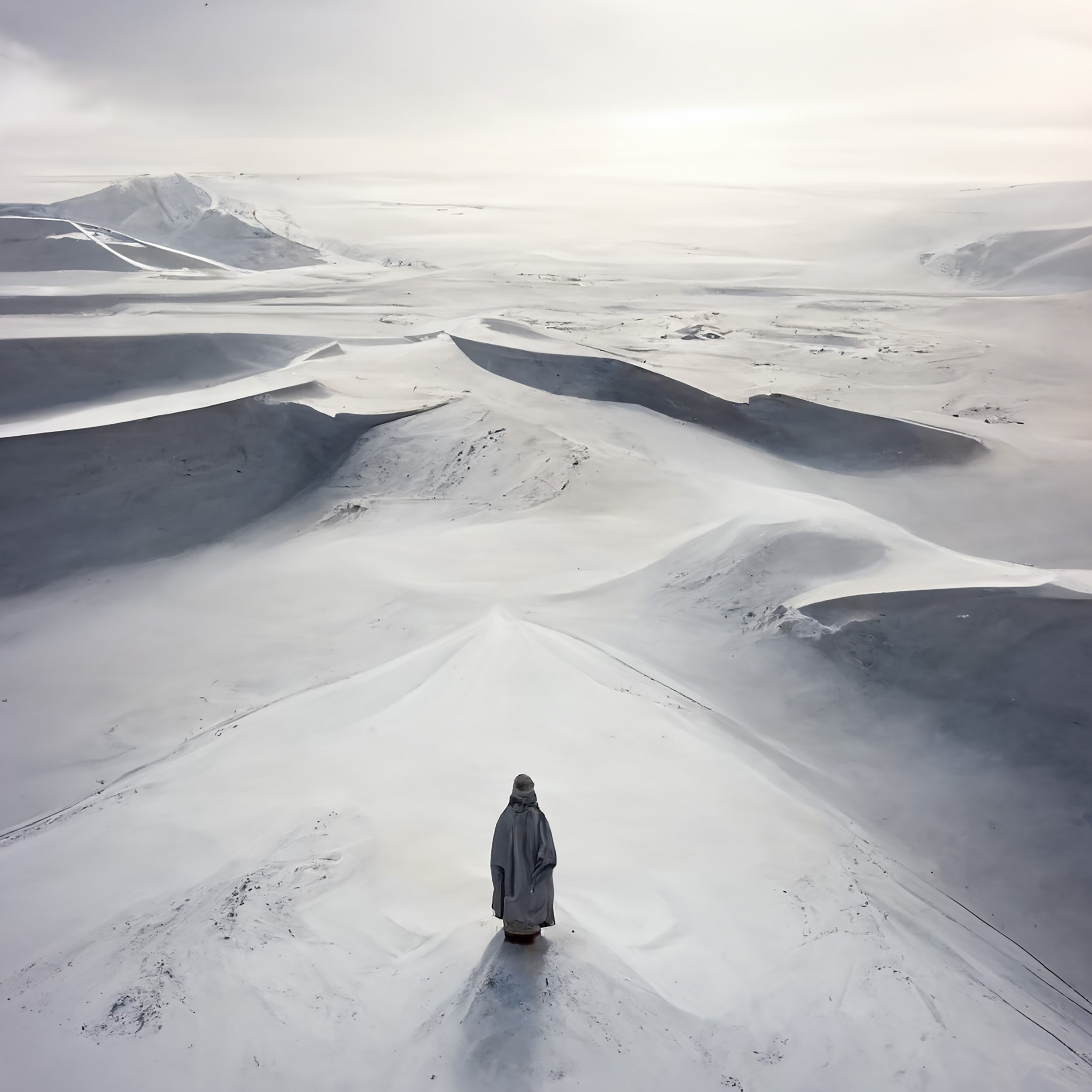
Winter’s barren chill / Endless horizon in sight / Limitless expanse

Twin peaks in the mist / Majestic guardians afar / Nature’s grandeur shown

In a land of ice / Crystal world of endless white / Frozen wonderland

Separated land / Isolated and alone / Island’s lonely fate

Lost in icy cold Finding my way through the mist Hope guides me forward

Treading on thin ice / Each step taken with caution / Risking everything

Future’s path unknown / Mystery shrouds its footsteps / Life’s adventure waits

Wilderness beckons / A call to venture and roam / Nature’s voice so pure

Snow spirits are dancing / Softly twirling through the dawn / Touched by Winter’s cold hands
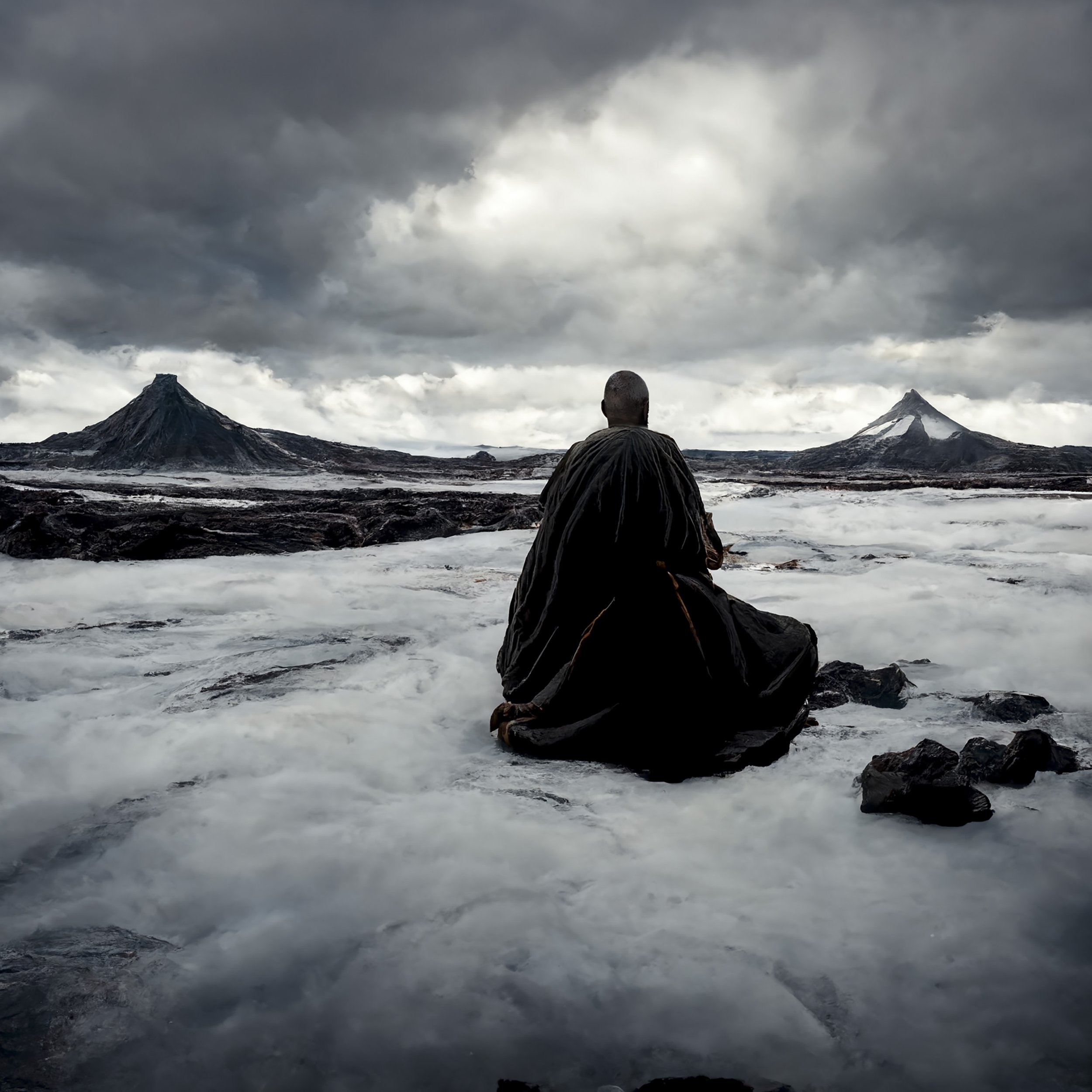
Off the beaten track / Seeking solitude in the wild / Nature’s sweet escape

One with nature’s flow / Meld with snow to shape and form / Become a snowman

Lift your eyes up high / Behold the grandeur above / Mountain majesty

Wind howls through the night / Blinding snow obscures my sight / Lost in winter’s might

Softly falling snow / A winter wonderland view / Peaceful, pure, and still

The deep silence of winter / Tranquility covers the dark night / Peace within

Majestic mountains / Ancient wisdom etched in stone / Silent yet profound

Morning stillness / Golden light awakens me / Mindful meditation
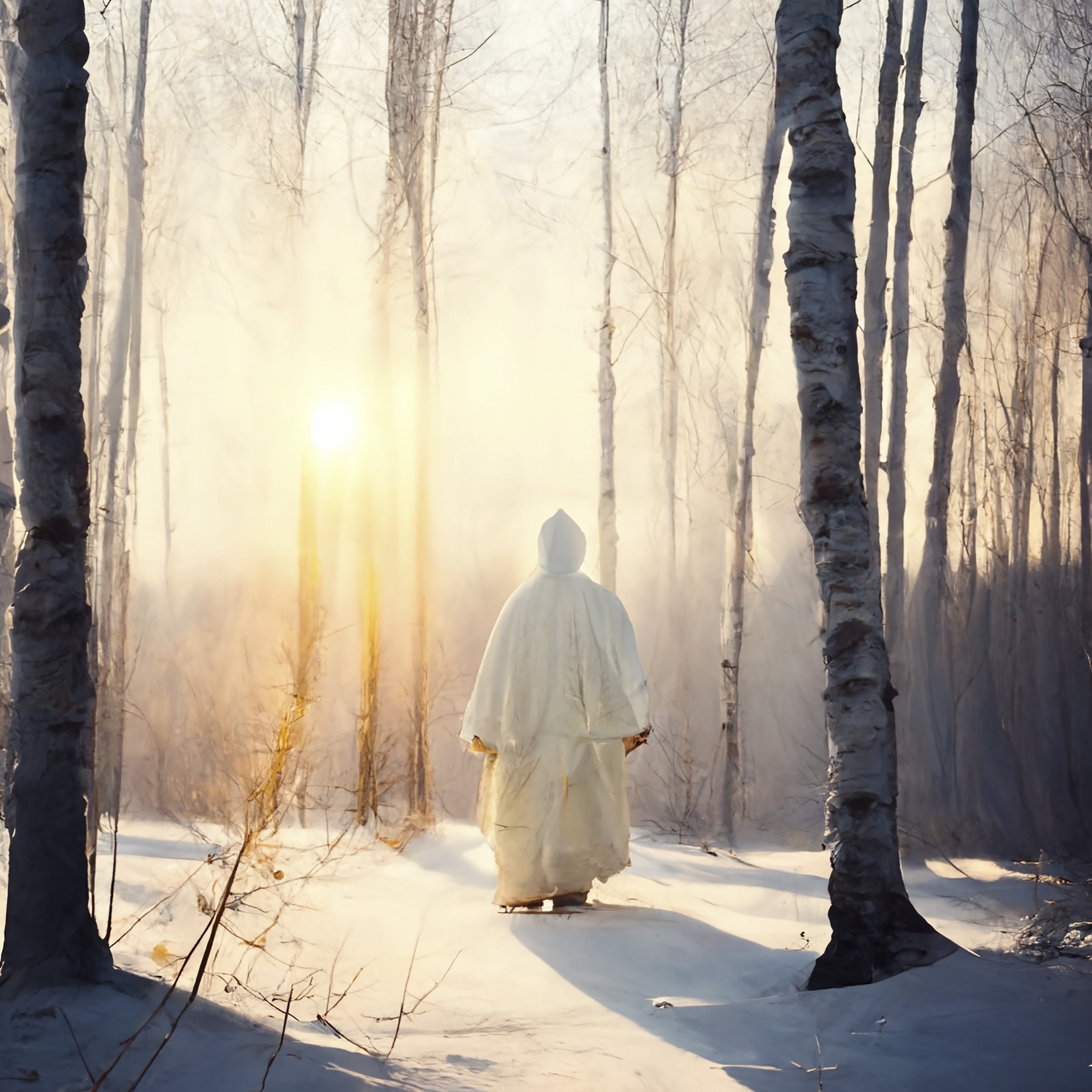
White birches whisper / Secrets of the ancient woods / Nature’s symphony
N O M A N ‘ S L A N D
No man’s land is a term used to describe areas of land that are unoccupied or abandoned, and which often hold a sense of mystery or intrigue. At the same time, the concept of the empty mind refers to a state of being in which the mind is clear and free from clutter, allowing for a greater sense of focus and concentration. In this essay, we will explore the relationship between no man’s land and the empty mind, and how the two concepts intersect.
No man’s land is often associated with a sense of desolation or emptiness, as it is a place where humans do not frequently venture. These areas may be abandoned due to environmental factors, such as extreme weather conditions, or due to man-made causes, such as war or economic decline. In some cases, no man’s land may be associated with danger or risk, such as in areas contaminated by toxic waste or other hazardous materials.
The concept of the empty mind, on the other hand, refers to a state of being in which the mind is free from distractions and preoccupations. This state of mind is often associated with meditation or mindfulness practices, and is believed to promote greater clarity and focus. In an empty mind, there is no room for clutter or distractions, and the individual is able to remain present and fully engaged with the task at hand.
Despite their apparent differences, the concepts of no man’s land and the empty mind share certain similarities. Both are associated with a sense of emptiness or absence, and both require a certain degree of detachment from the surrounding environment. In no man’s land, one must be able to navigate the empty landscape without being distracted by fear or anxiety, while in the empty mind, one must be able to let go of distracting thoughts and emotions in order to achieve a state of inner peace.
Moreover, both concepts are associated with a sense of possibility and potential. No man’s land represents a space in which anything can happen, a place where new beginnings and opportunities may emerge. Similarly, the empty mind represents a space in which new insights and understandings may arise, a space where the individual is open to new ideas and perspectives.
In conclusion, the concepts of no man’s land and the empty mind are both associated with a sense of emptiness and absence, but also with a sense of possibility and potential. While they may seem very different at first glance, they share certain similarities in their ability to challenge and transform our perceptions of the world around us. By embracing both concepts, we may be able to tap into new sources of creativity, insight, and inspiration, and discover new paths towards personal growth and fulfillment.

Zen monk and Sufi / Different path to the divine / One truth, love unites

Beyond what’s in sight / Perception shifts, mind expands / Unveiling the unseen

A burst of brightness / Piercing through the darkened veil / Hope in the abyss

Standing in the mist / A veil of uncertainty / Eerily serene

Empty wall before me / Silent and unyielding stone / Awaiting meaning

Seeking within, a quest / Through twists and turns of the mind / A path to oneself

Beyond what we see / Lies a hidden reality / Unseen mystery

A void within us / Empty space, vast and profound / Endless nothingness

Emptiness, mu speaks / Silent answer to the void / Peace in nothingness

In life’s simple things / We find pure and honest joy / Peace that brings content

Mirror reflects back / Whole life before my two eyes / Time’s passage revealed

A Meditation at night / Peaceful stillness all around / Mindful presence found

Greatest enigma / Mystery of life unraveled / By death’s final truth

Picture on the wall / A glimpse into another world / Frozen moment shared

Sunlight streams on in / Filling space with a white glow / Bask in silence and peace

Sweet nightingale’s song / Echoes through the tranquil night / Nature’s symphony

Within and without / Merging realms of heart and world / Intertwined as one

Soft pink petals fall / Whispers in the springtime breeze / Cherry blossoms bloom

In realm beyond ours / Dimensions blur and shift like dreams / Lost in cosmic awe

Deep within my soul / Stillness and calmness abound / Inner peace profound

Infinite beauty / Transcending into the light / World of pure delight

Journey’s end in sight / Passage to light and to love / Peaceful, sweet release

Longing for the door / The final one that awaits / Peaceful rest beyond

Radiant beams dance / In a room of luminance bright / Heart full of delight